
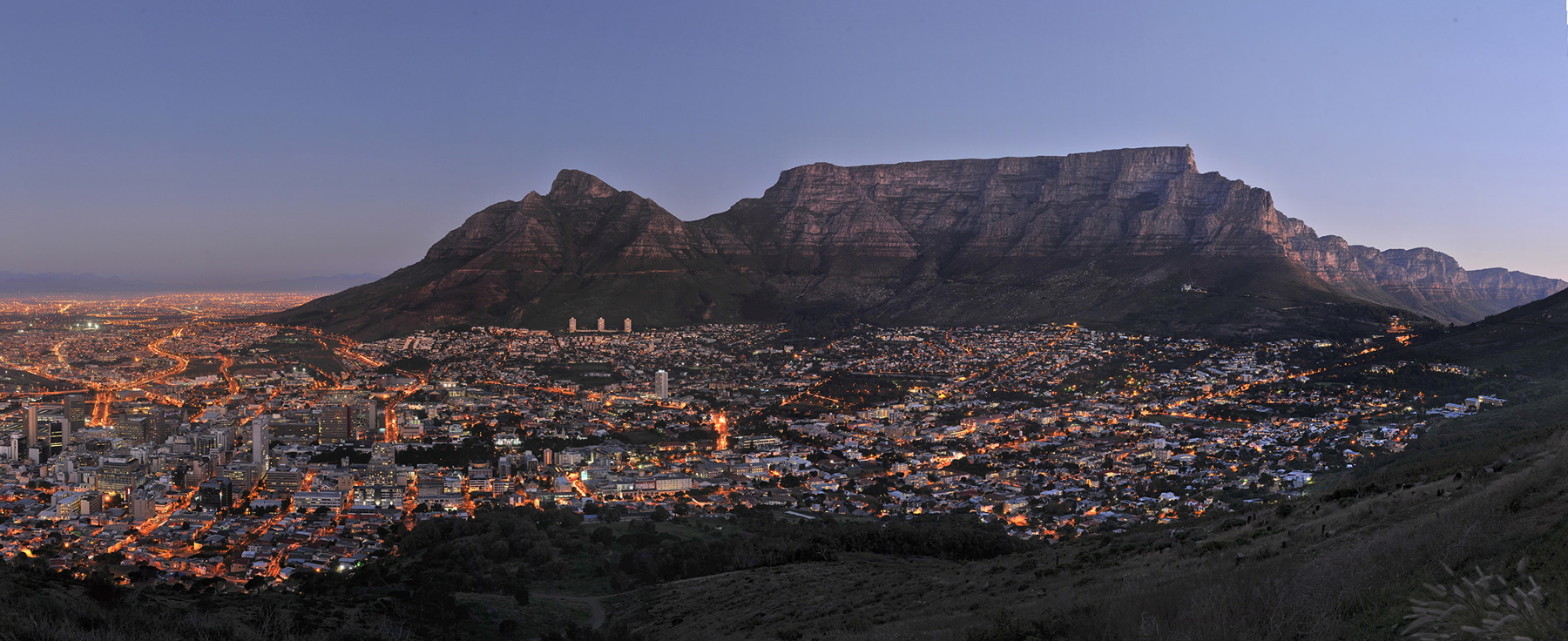
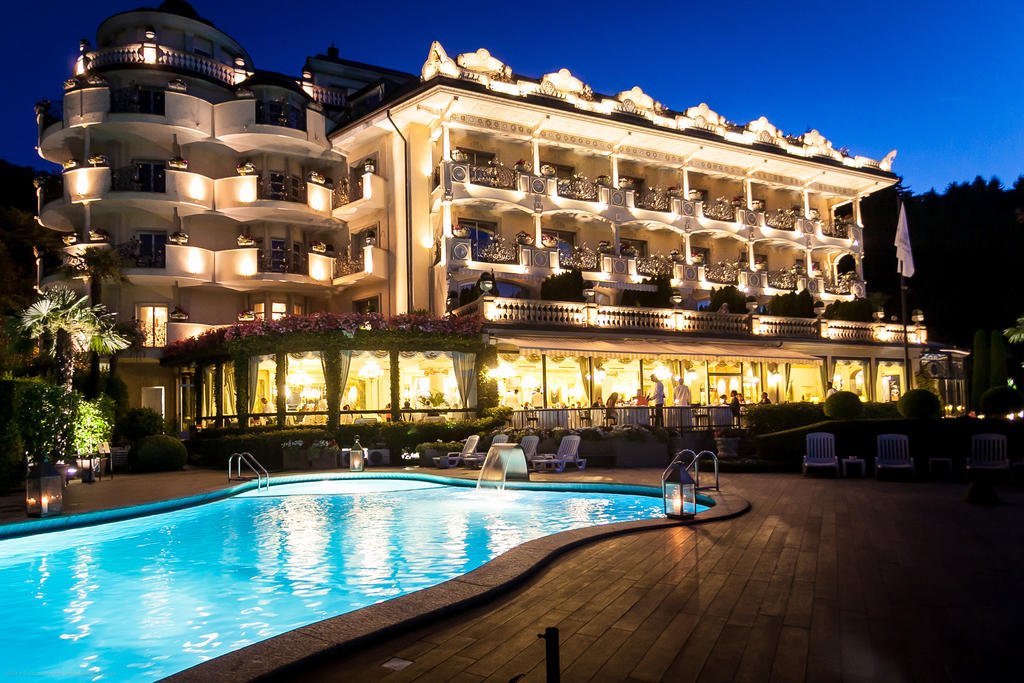
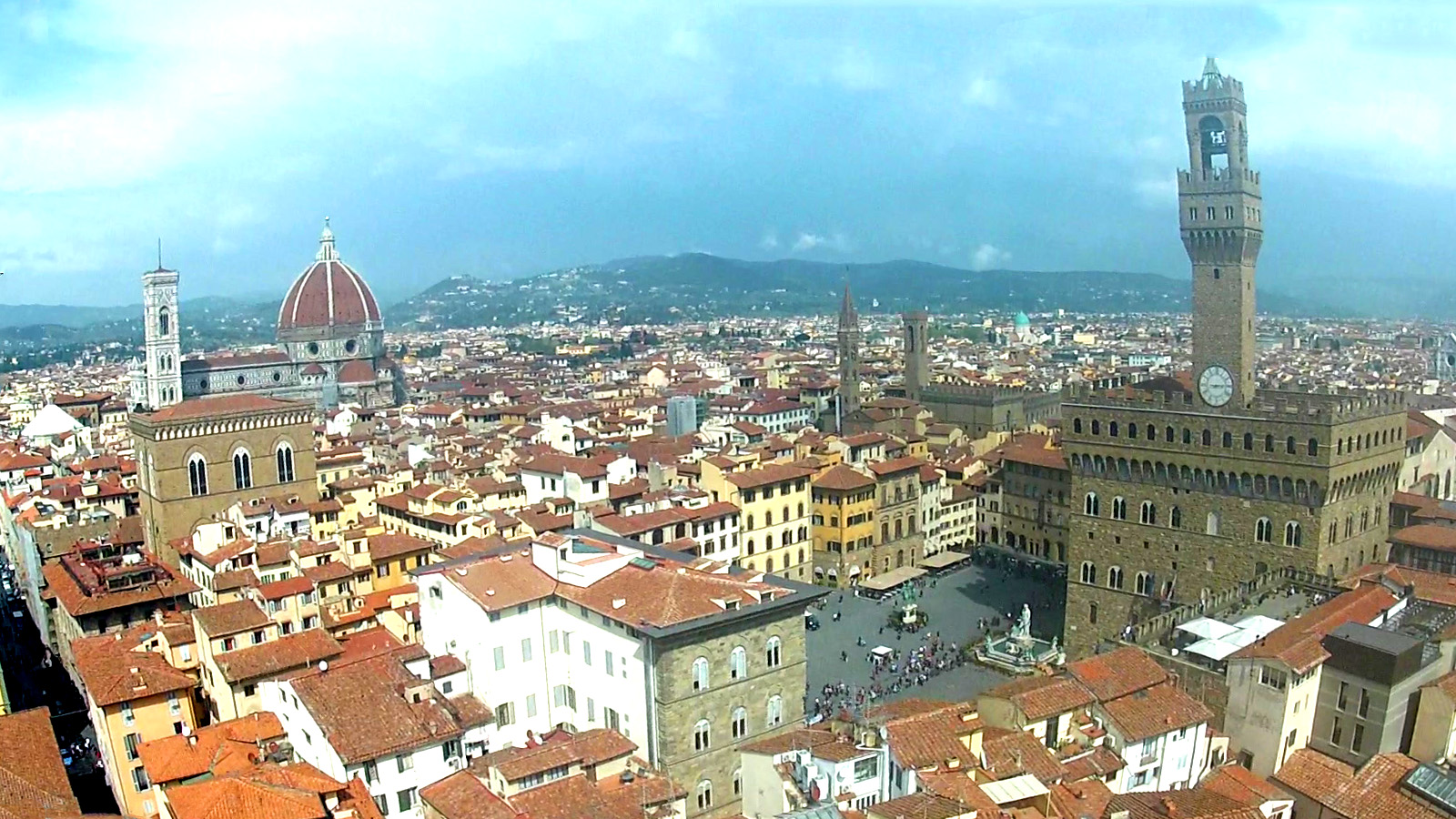
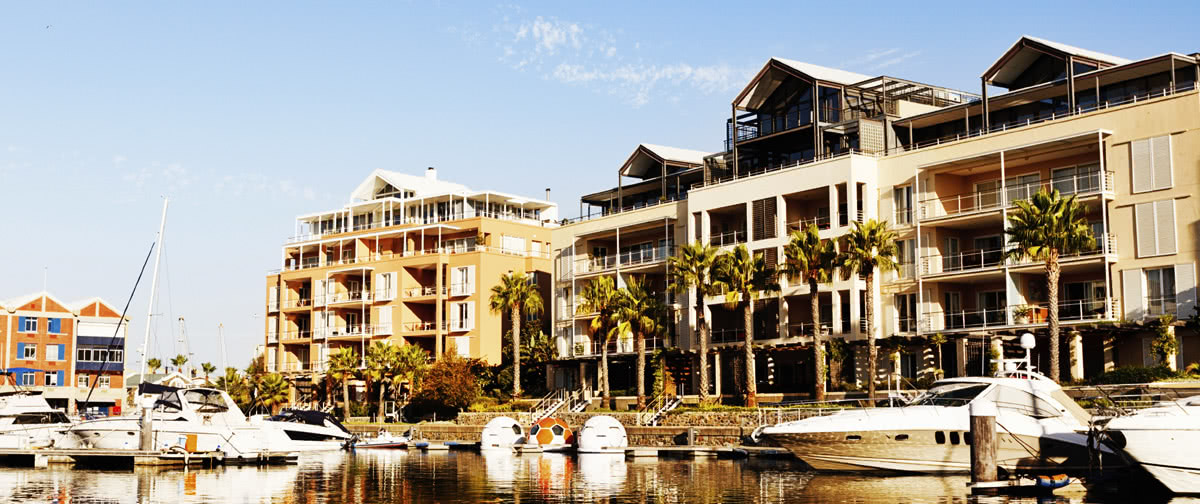
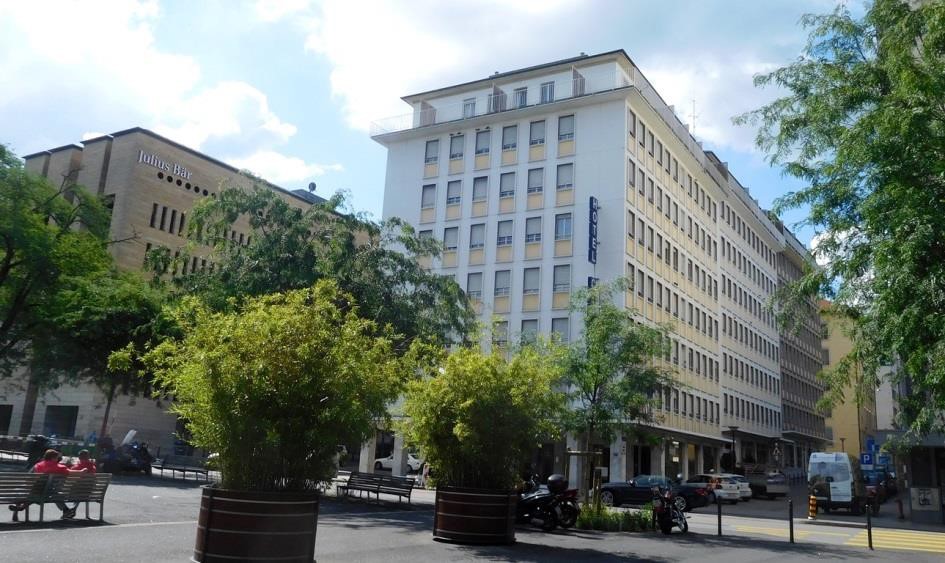
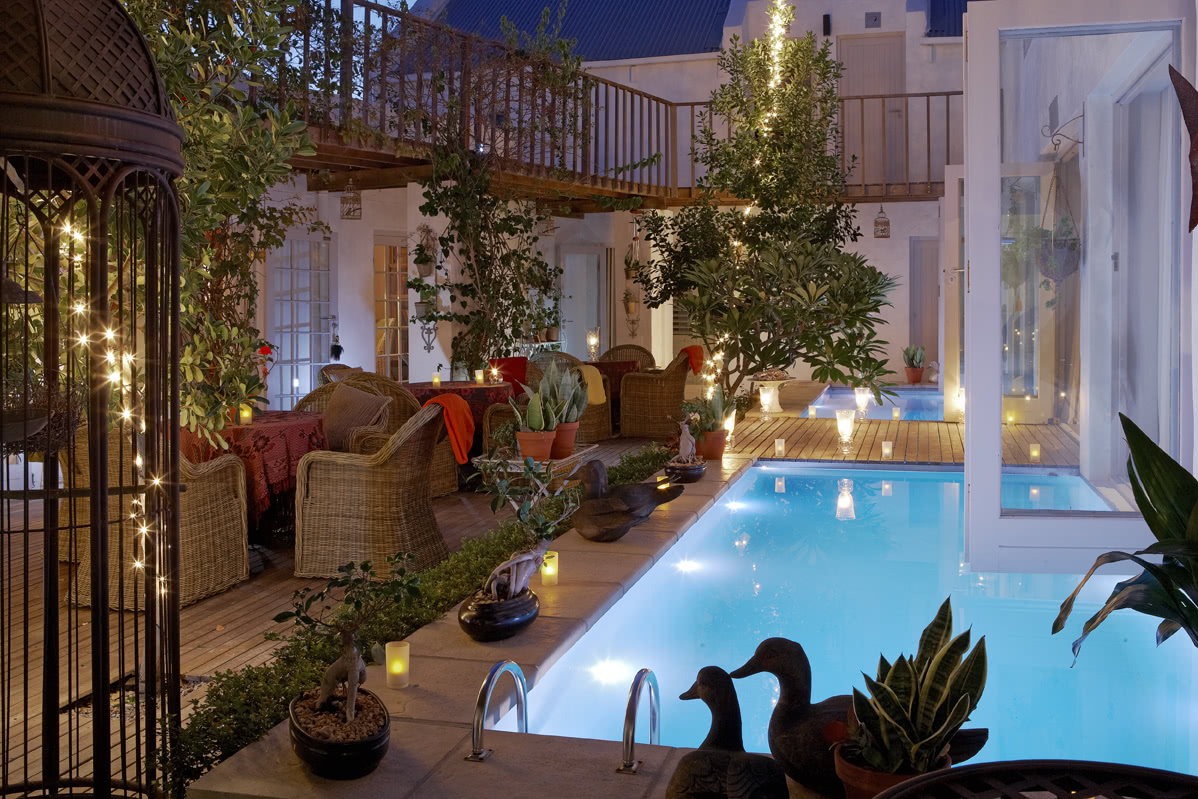
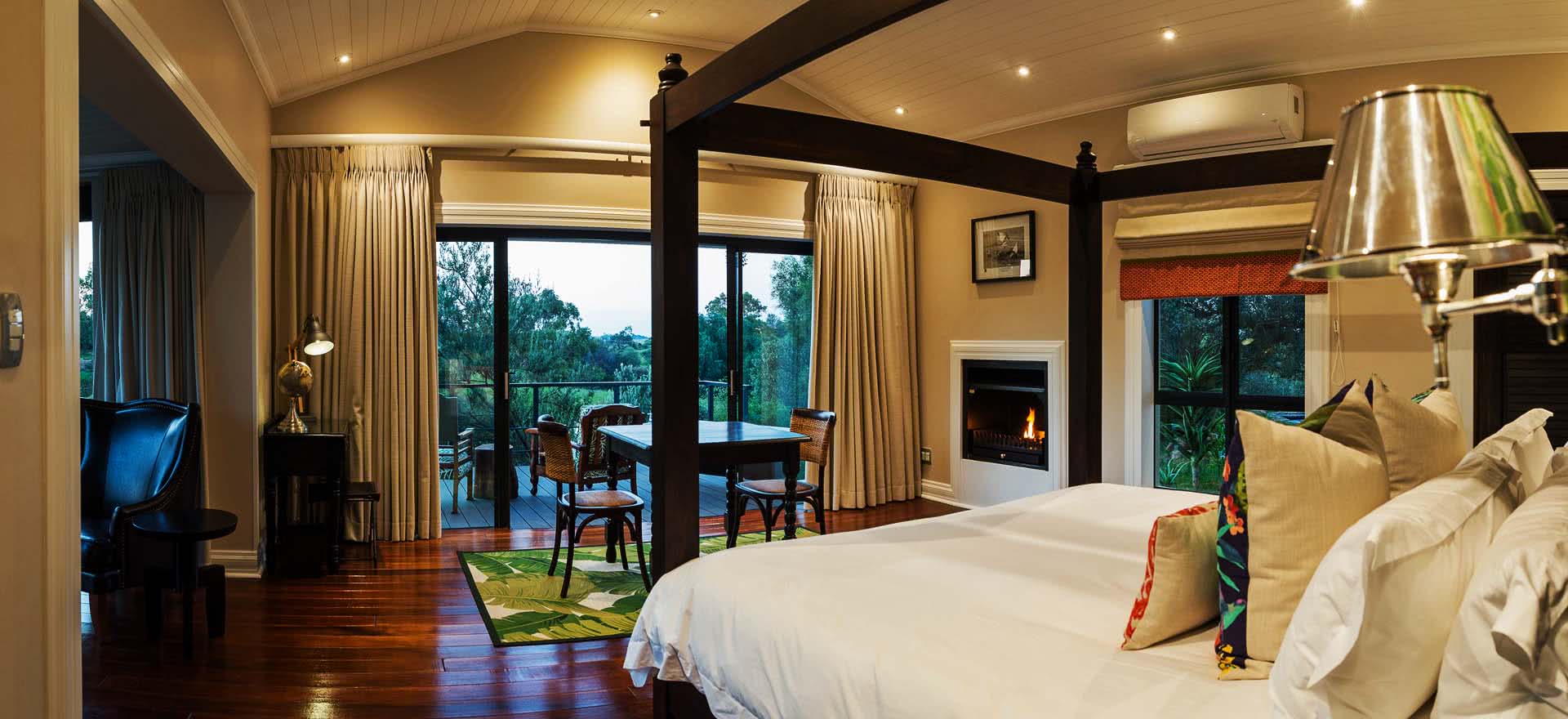
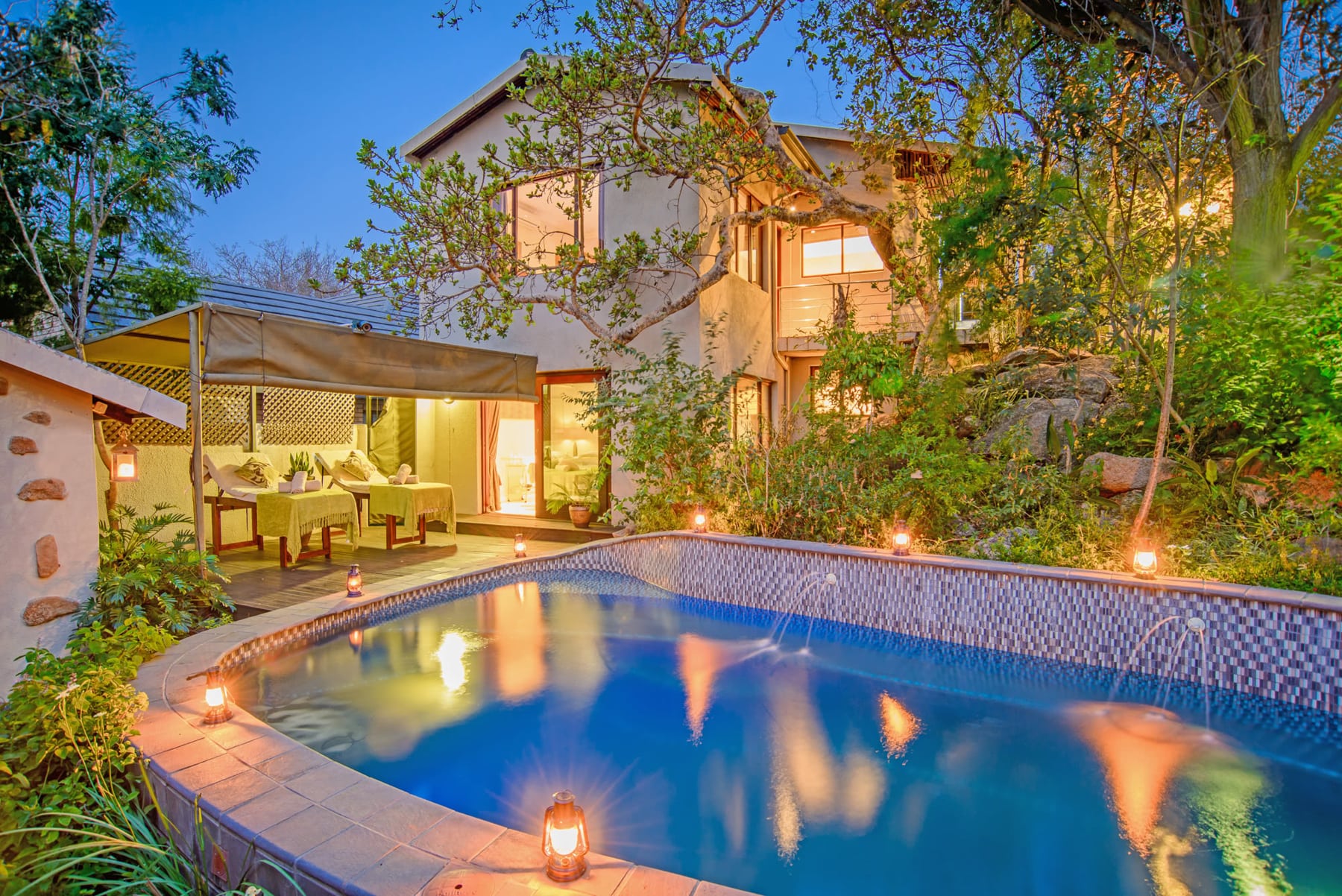

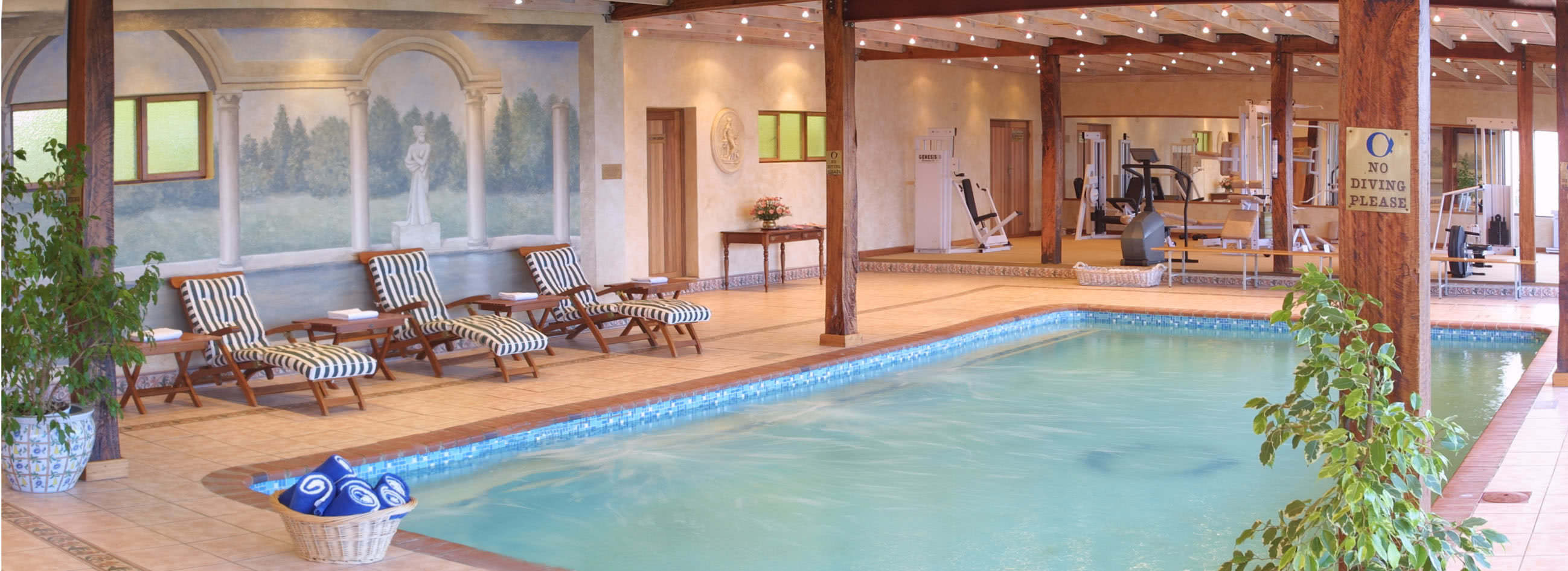
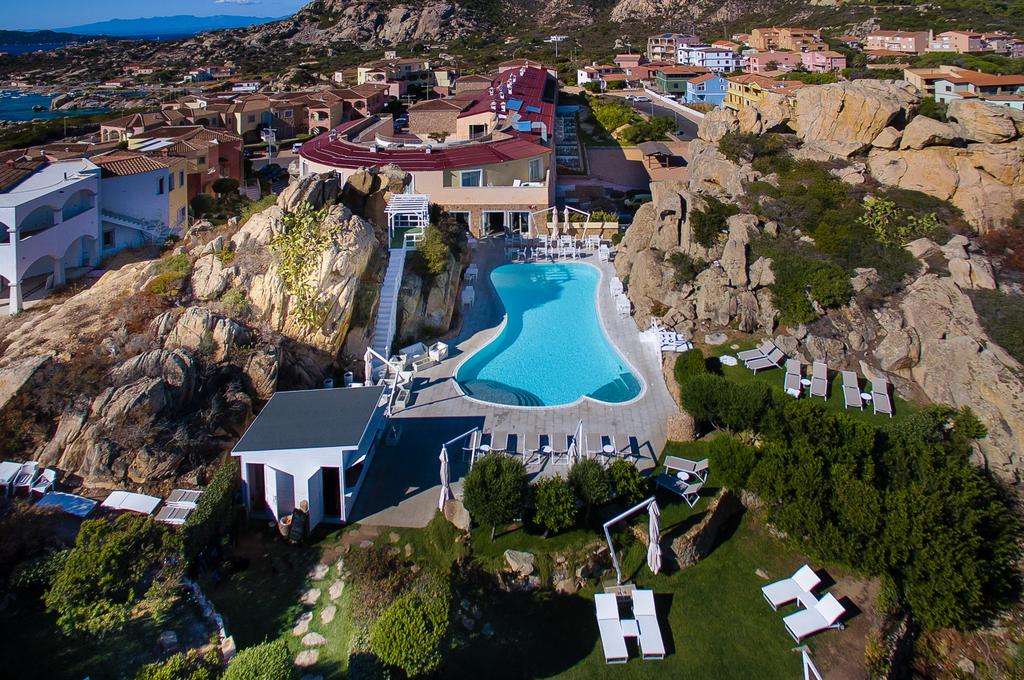
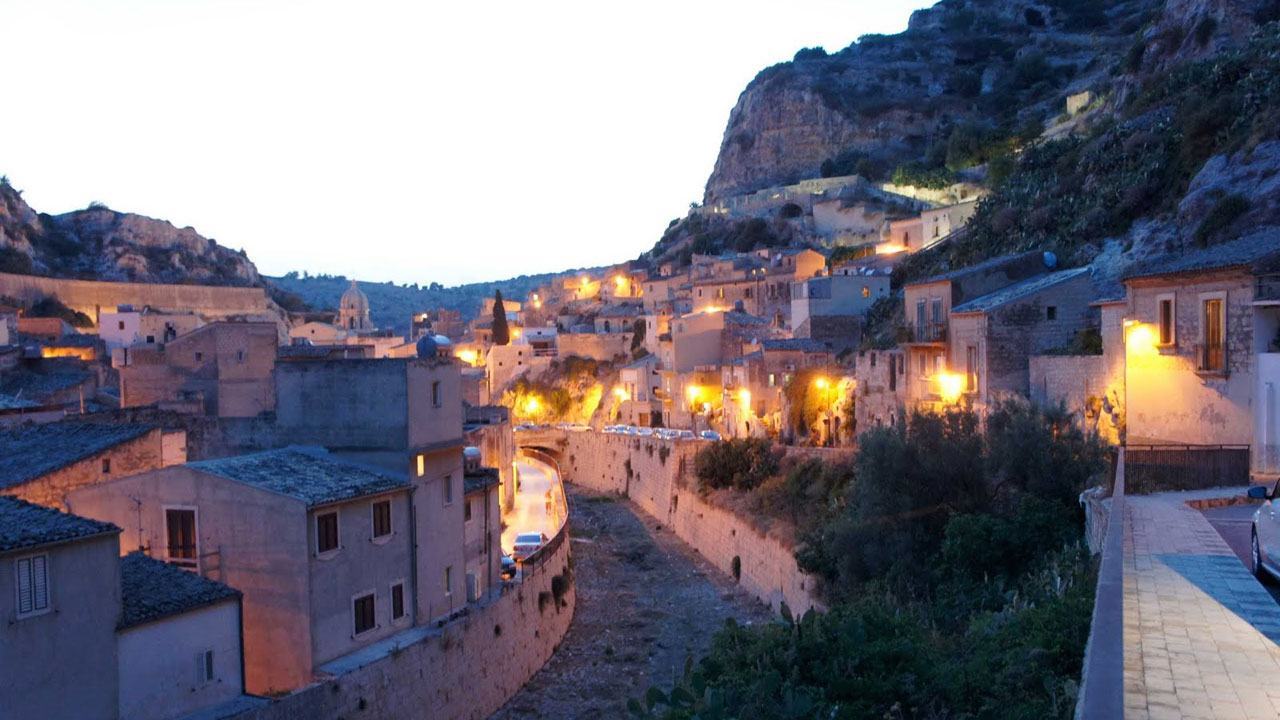
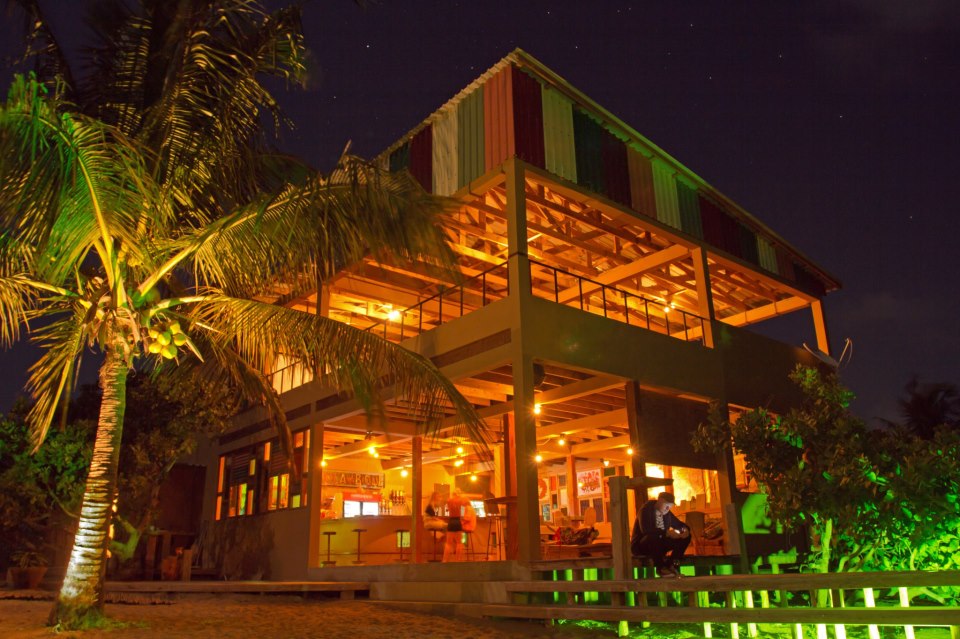
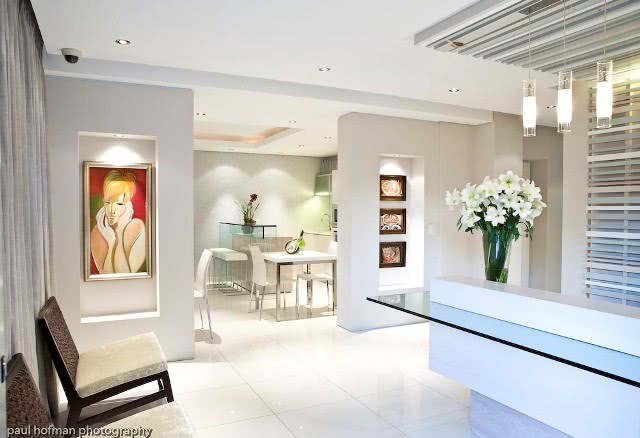
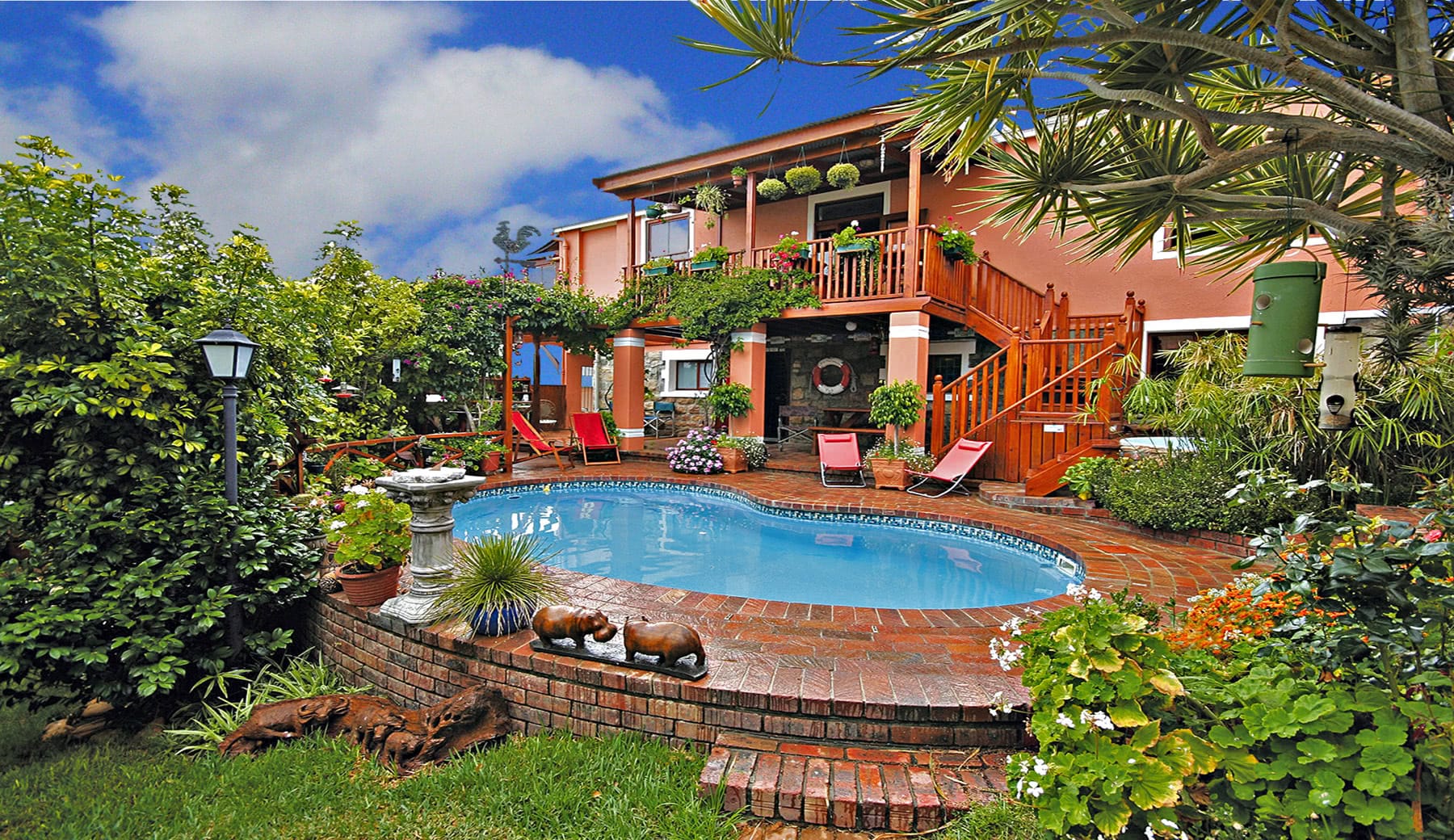
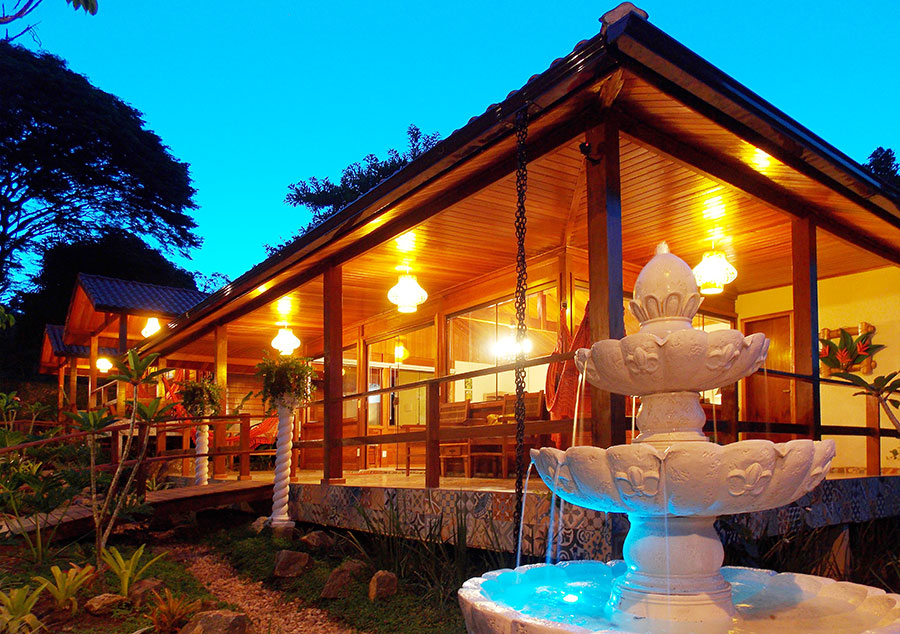
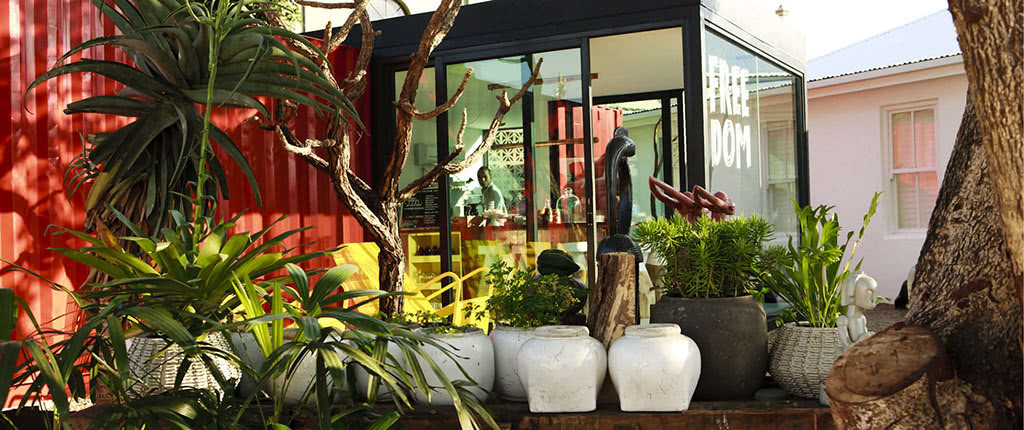
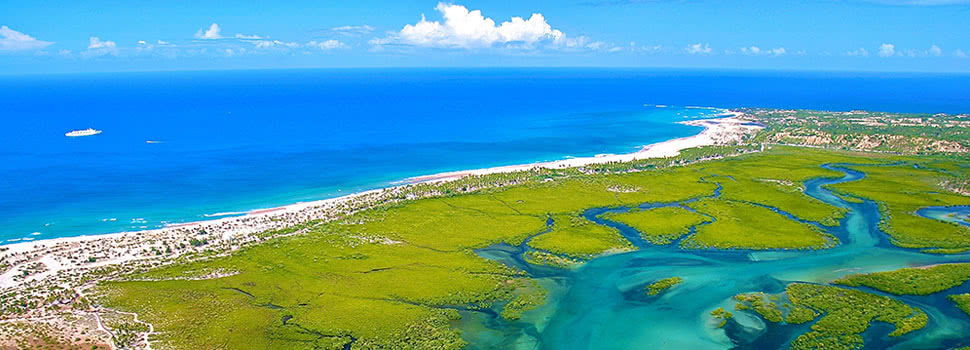
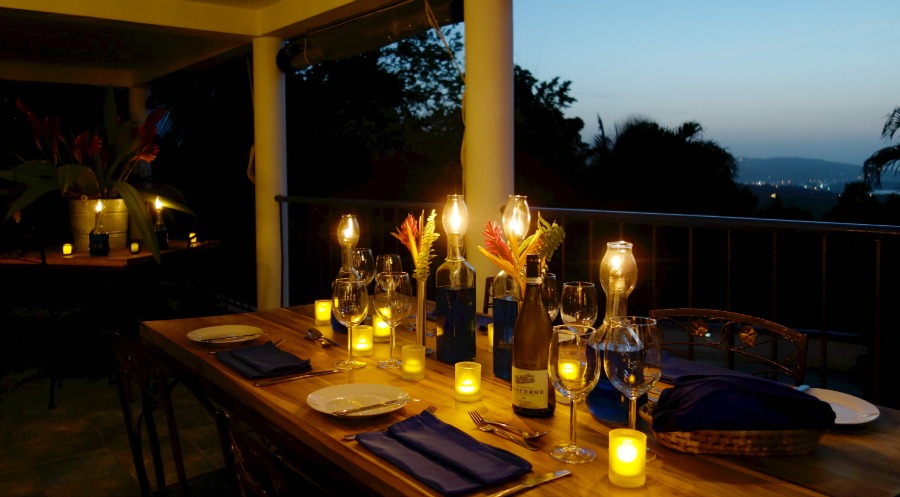
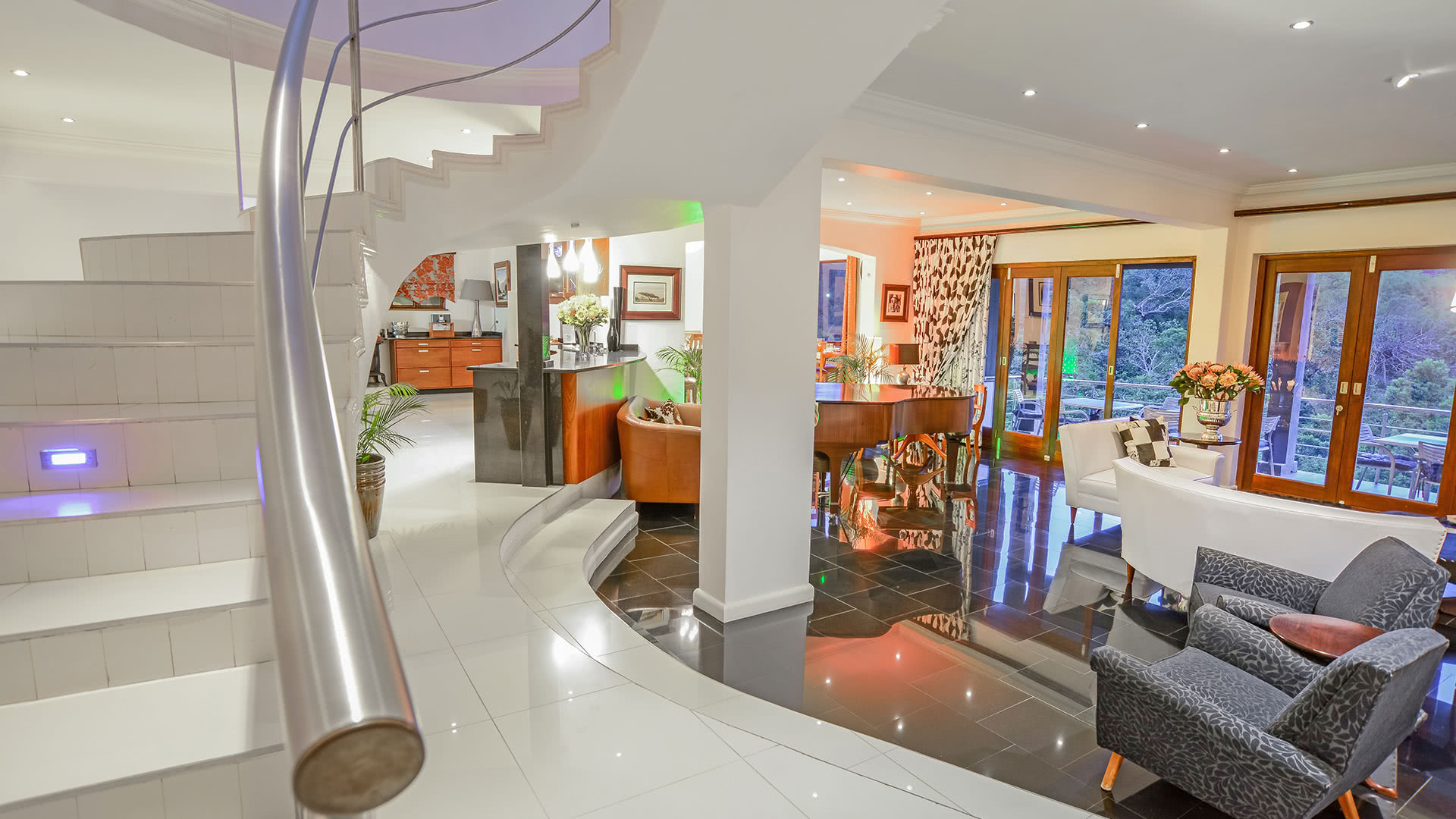
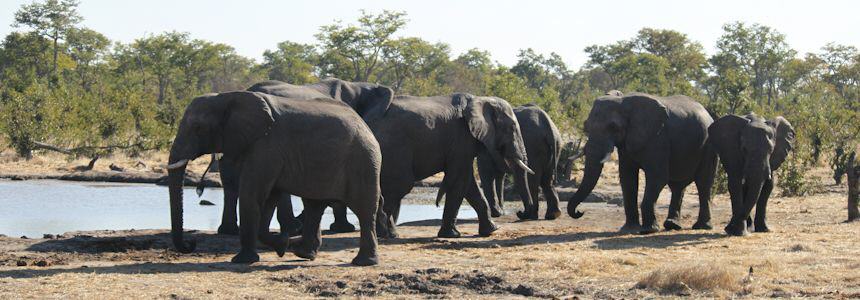
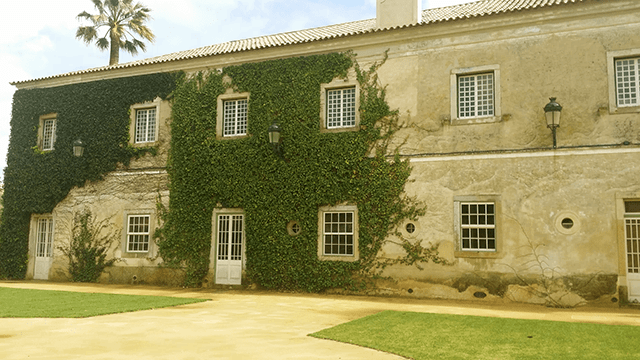
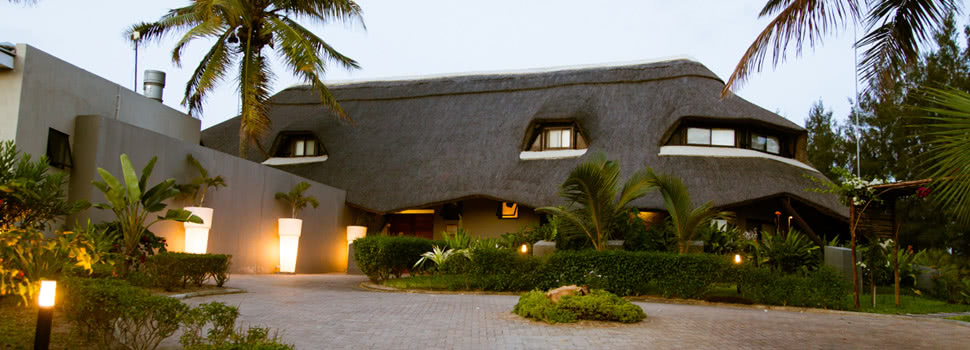
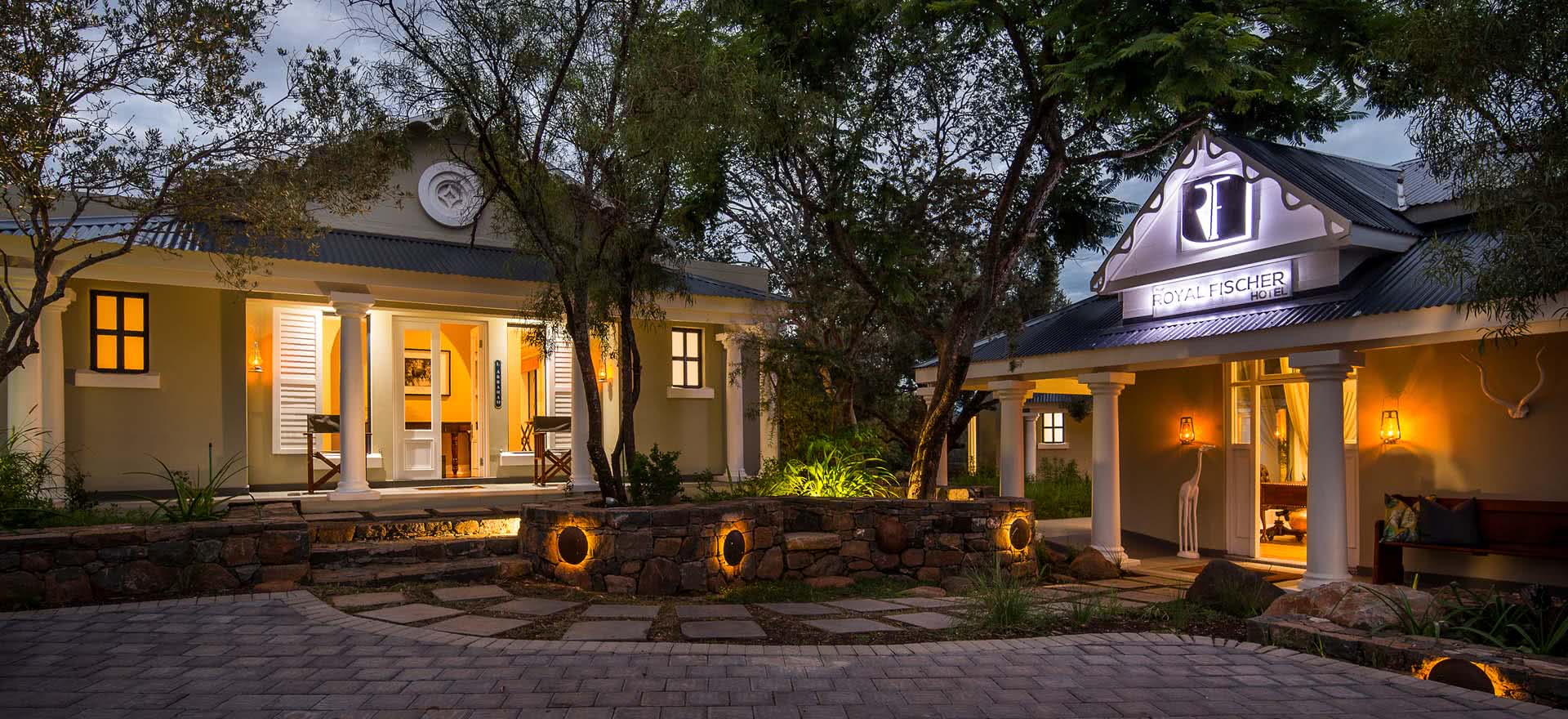
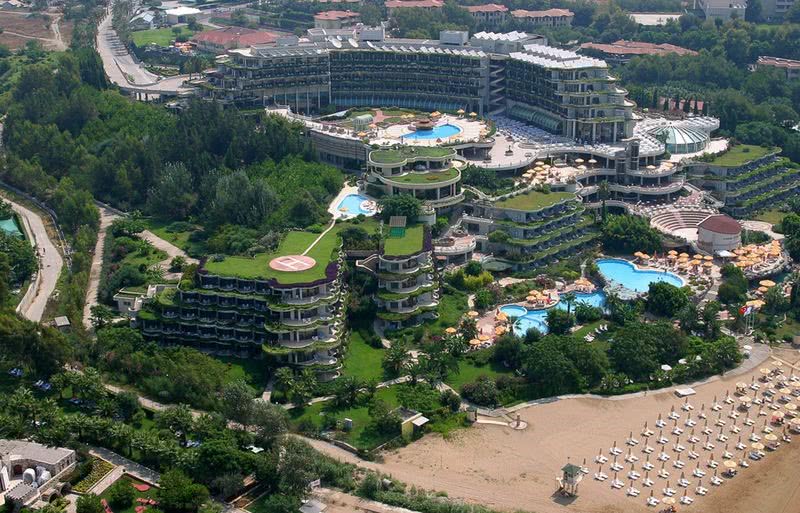
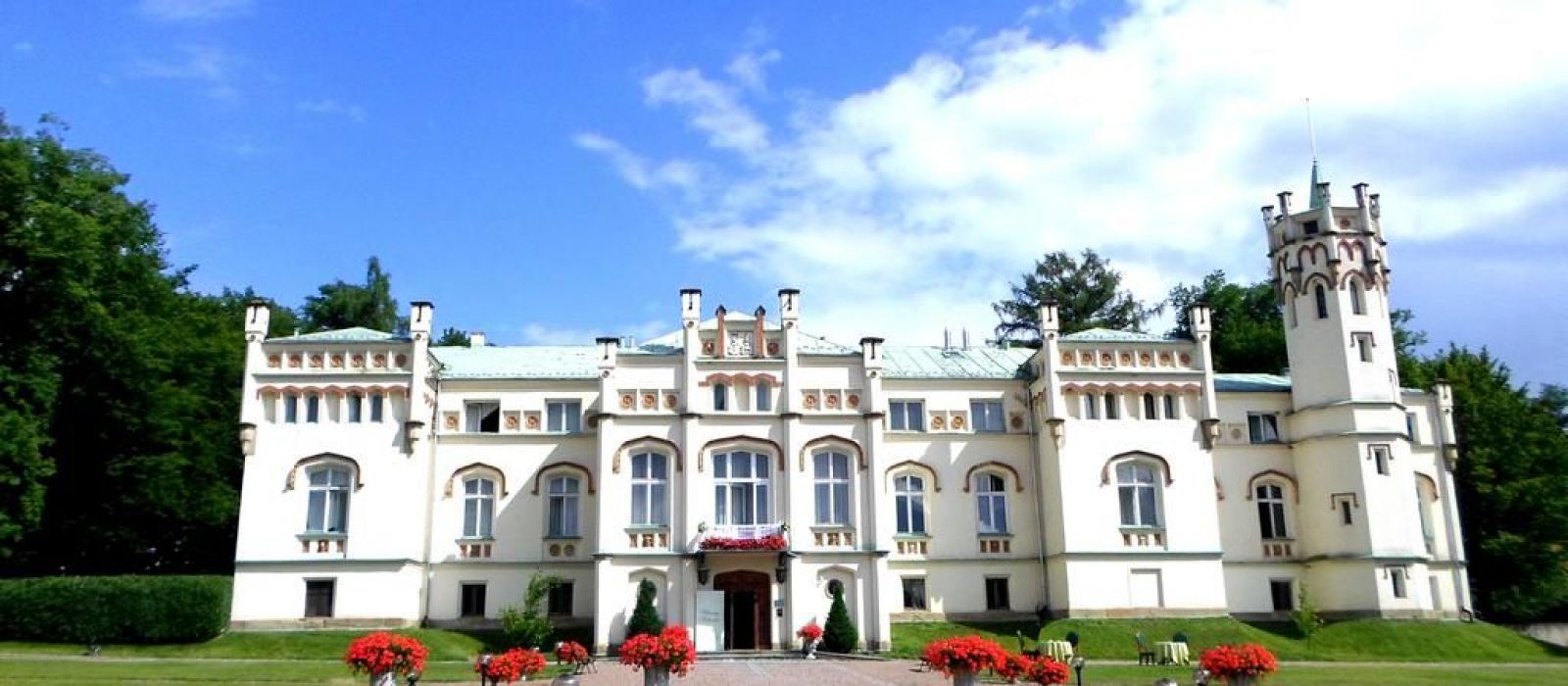
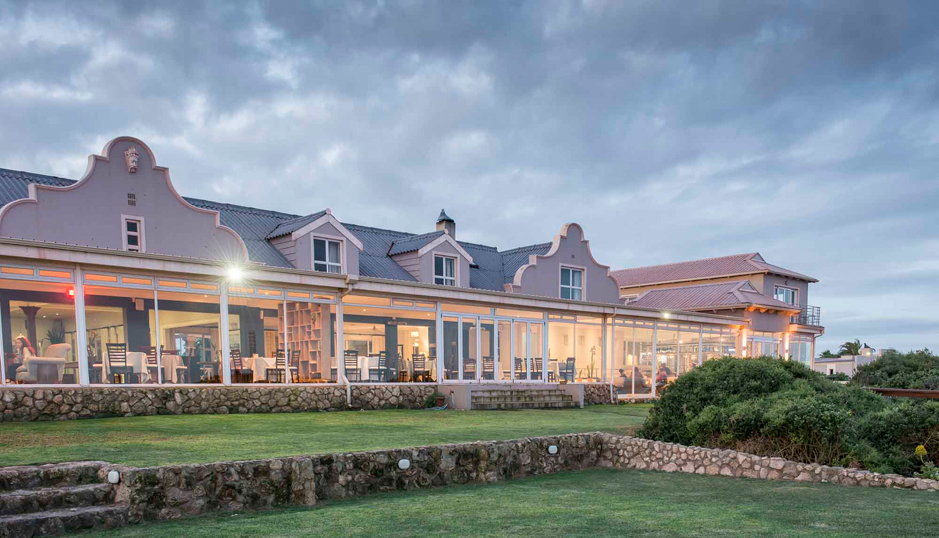
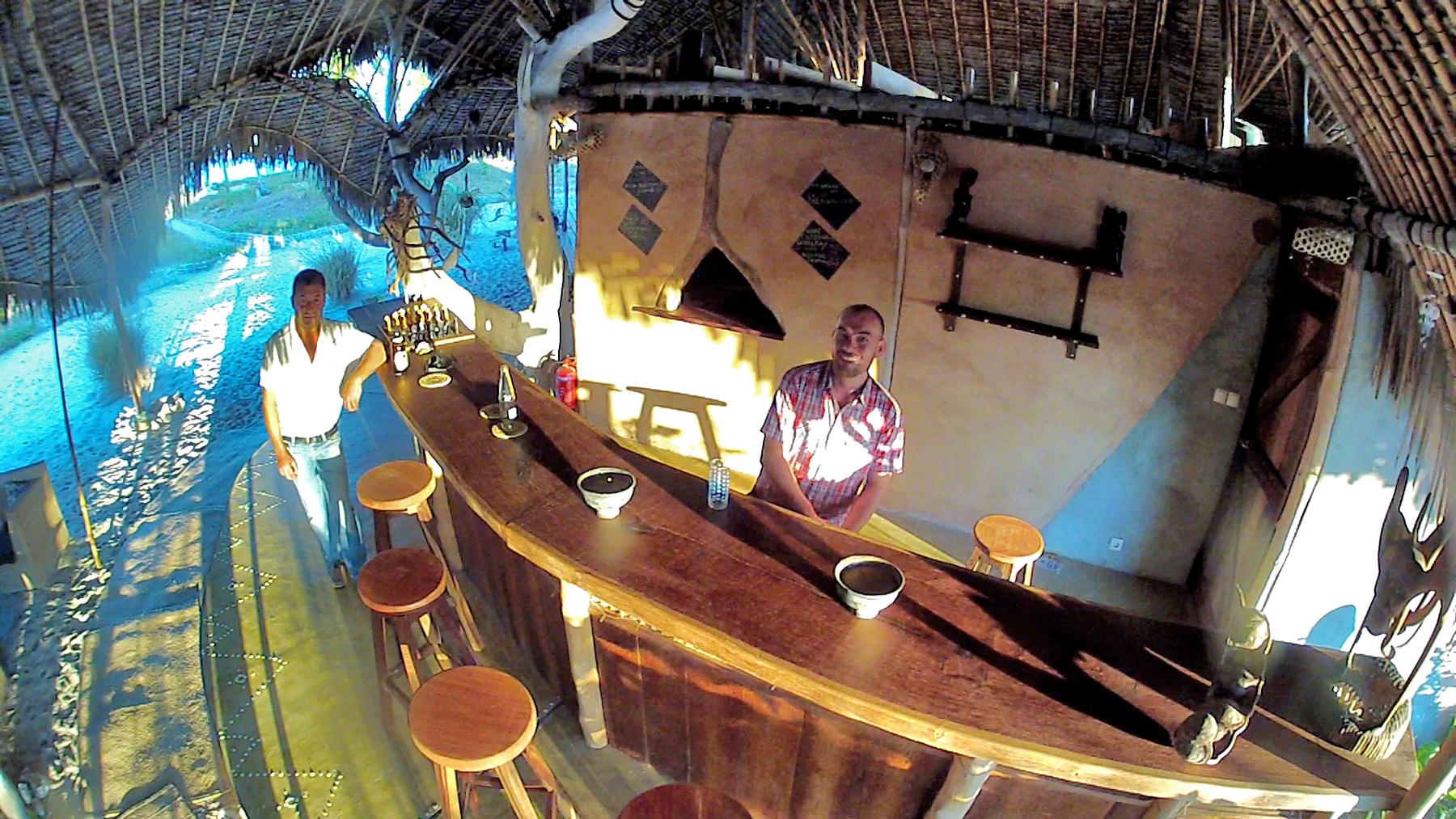
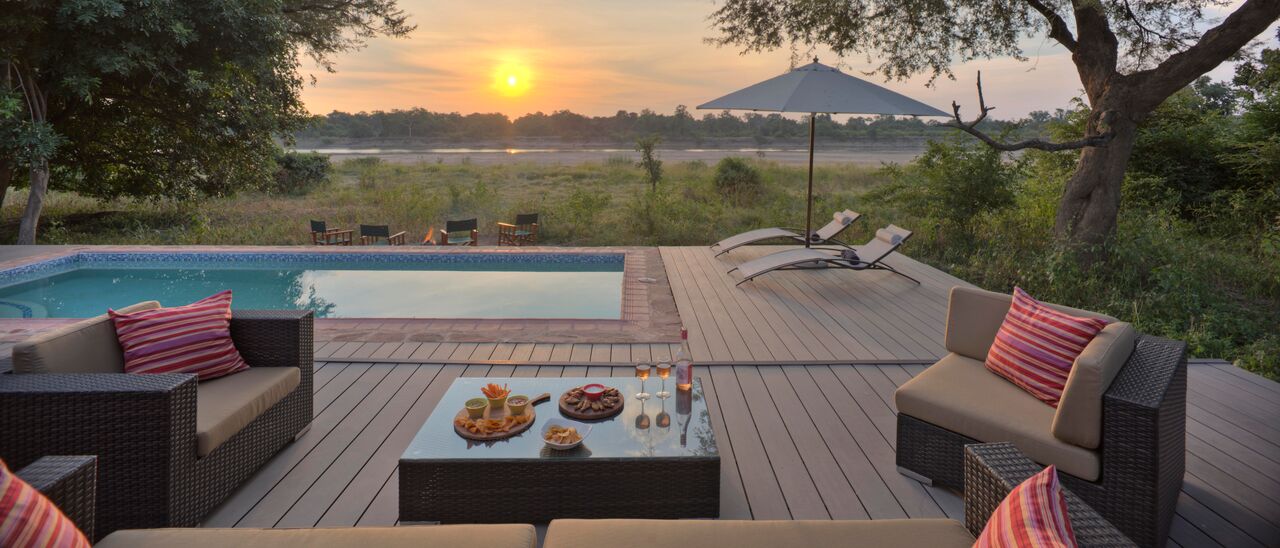
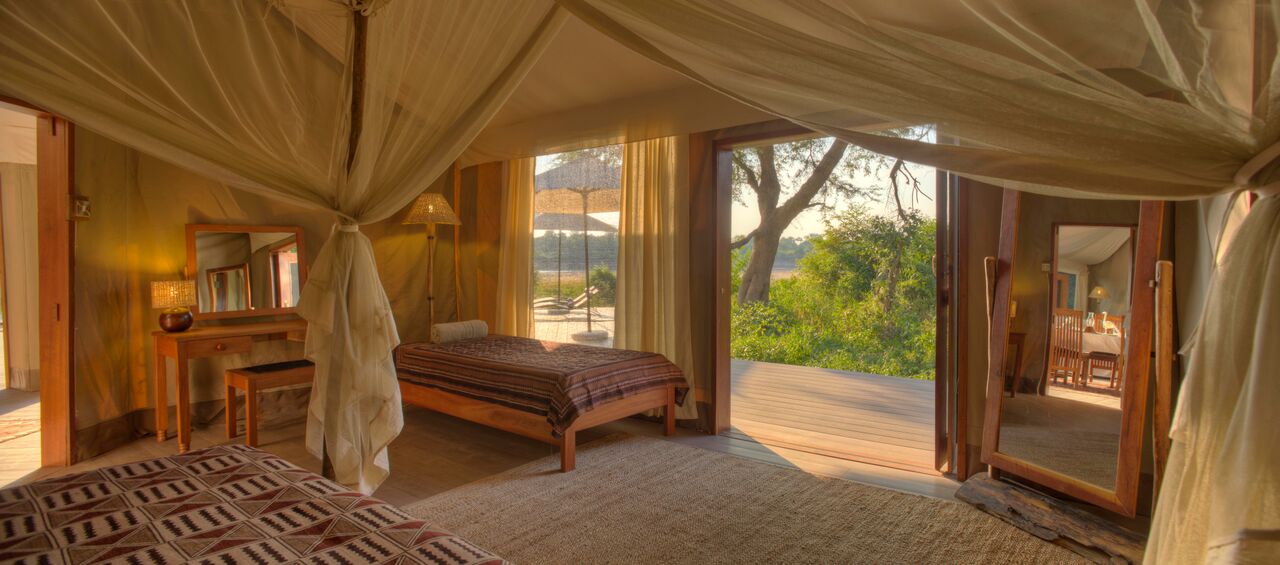
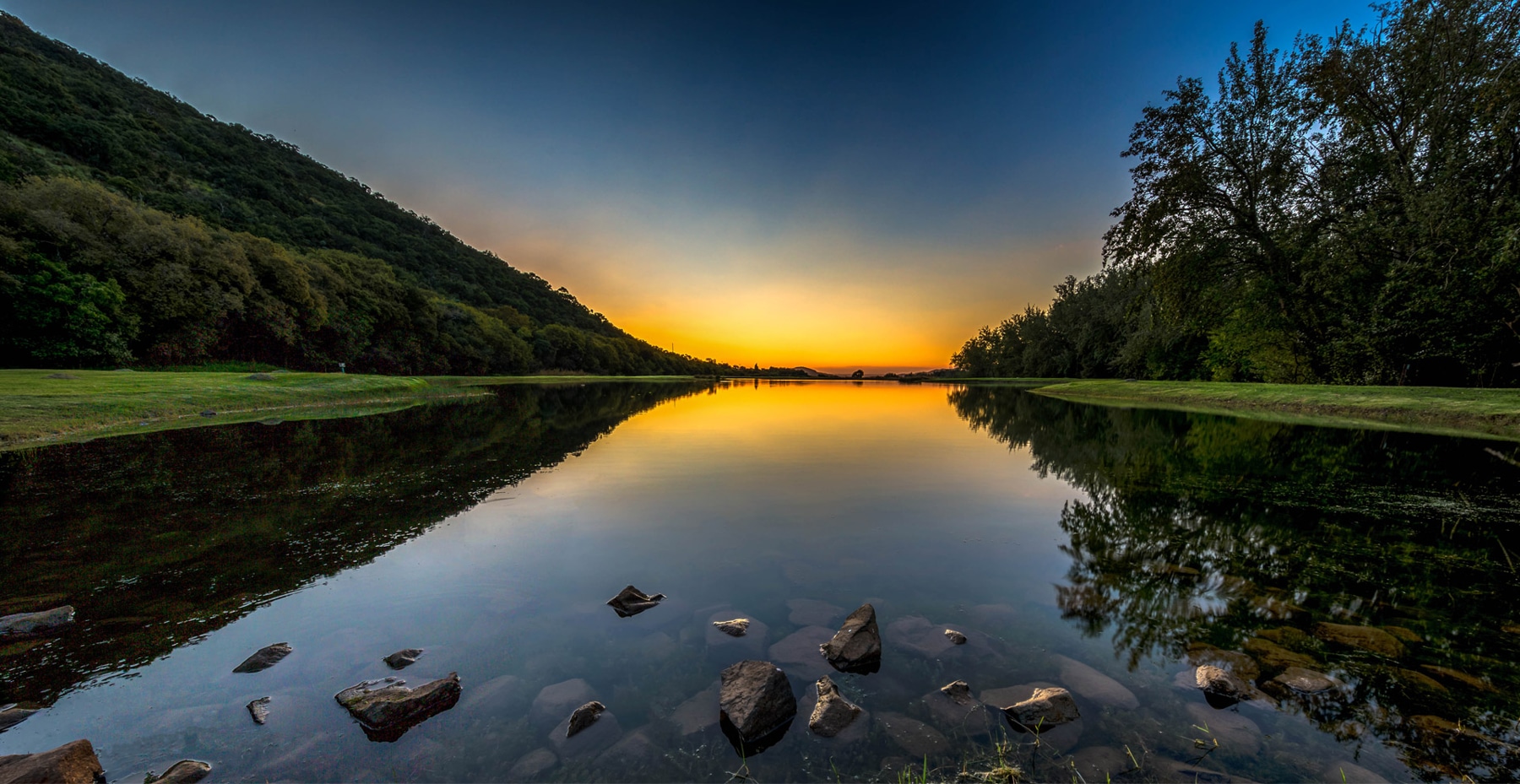
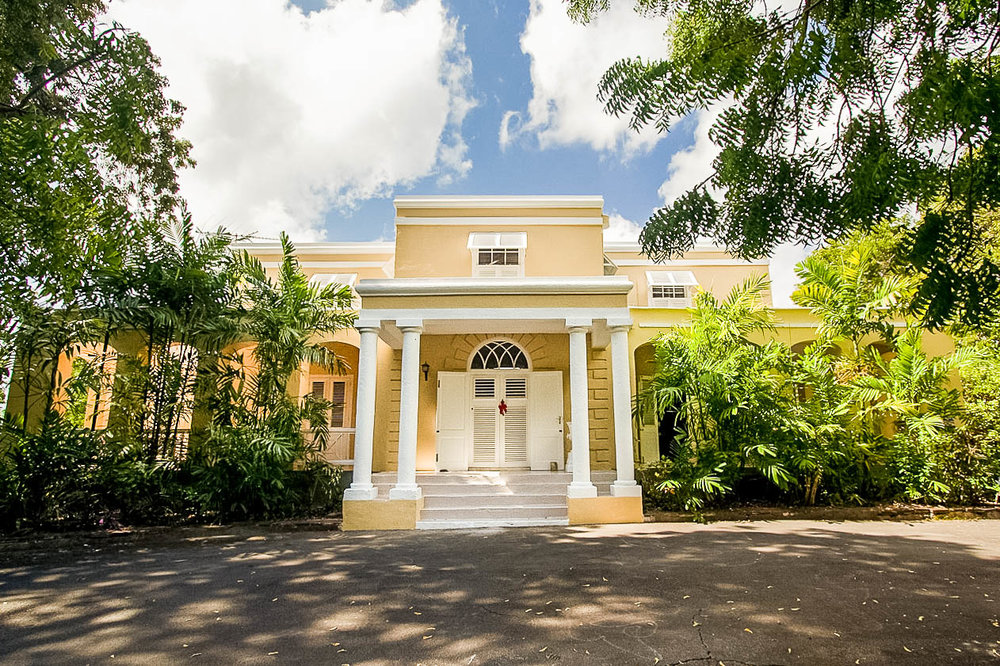
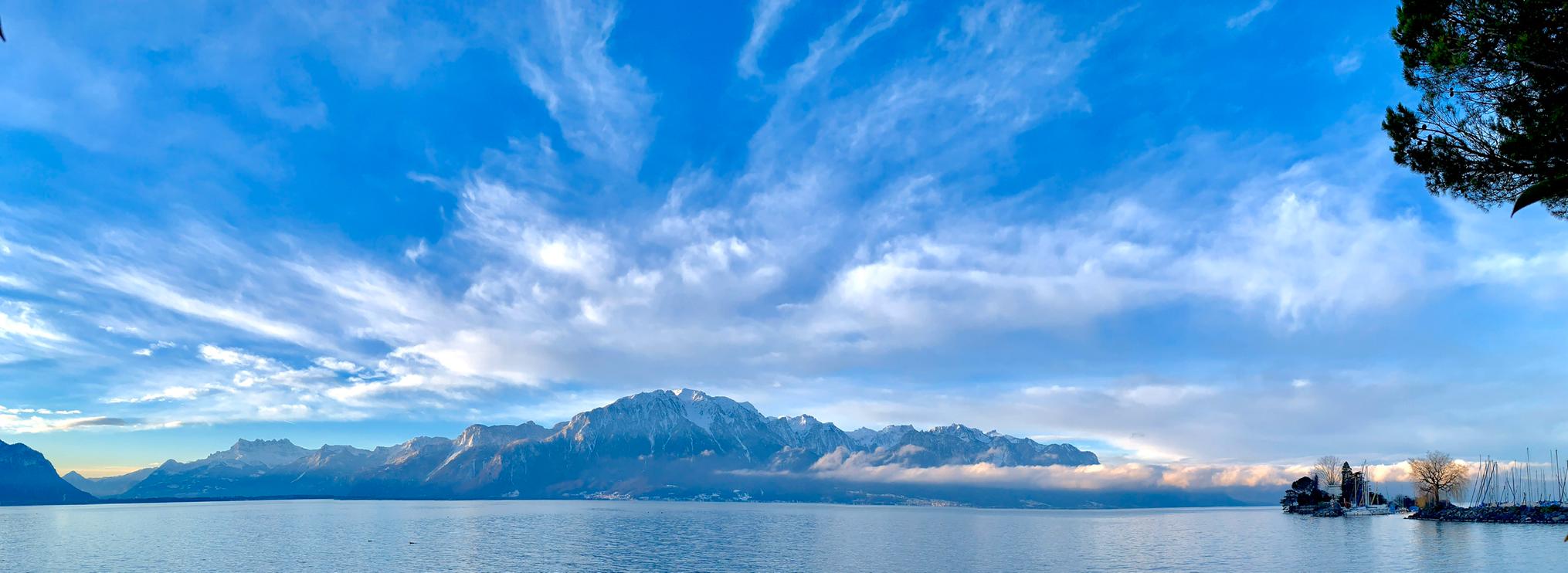
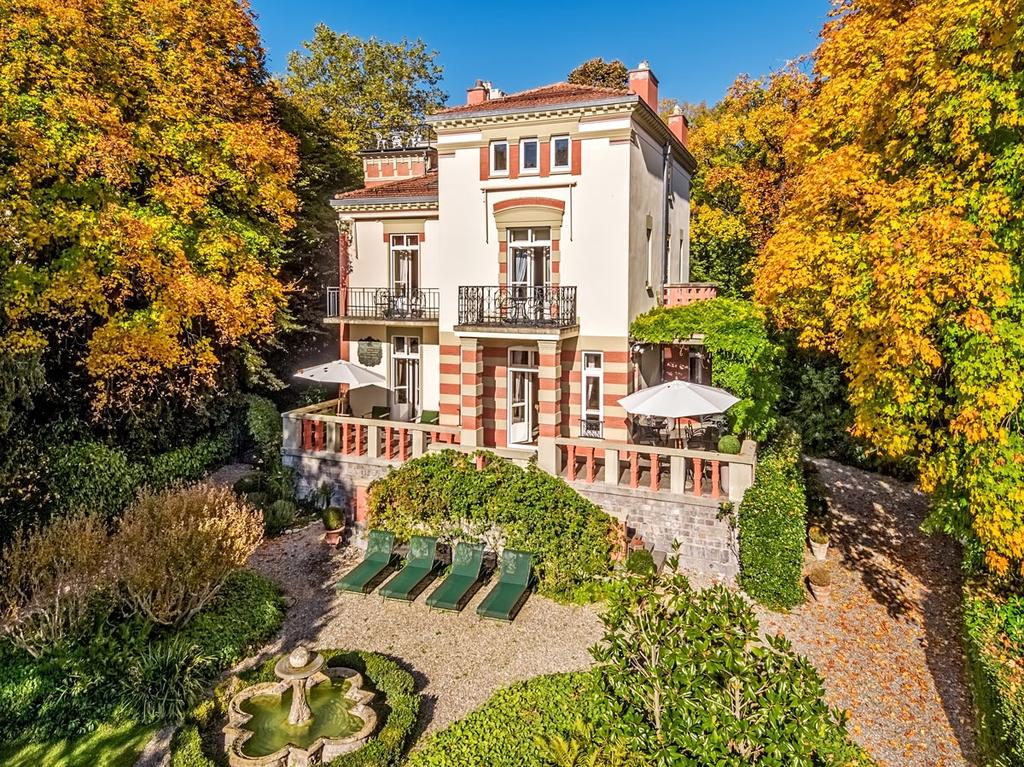
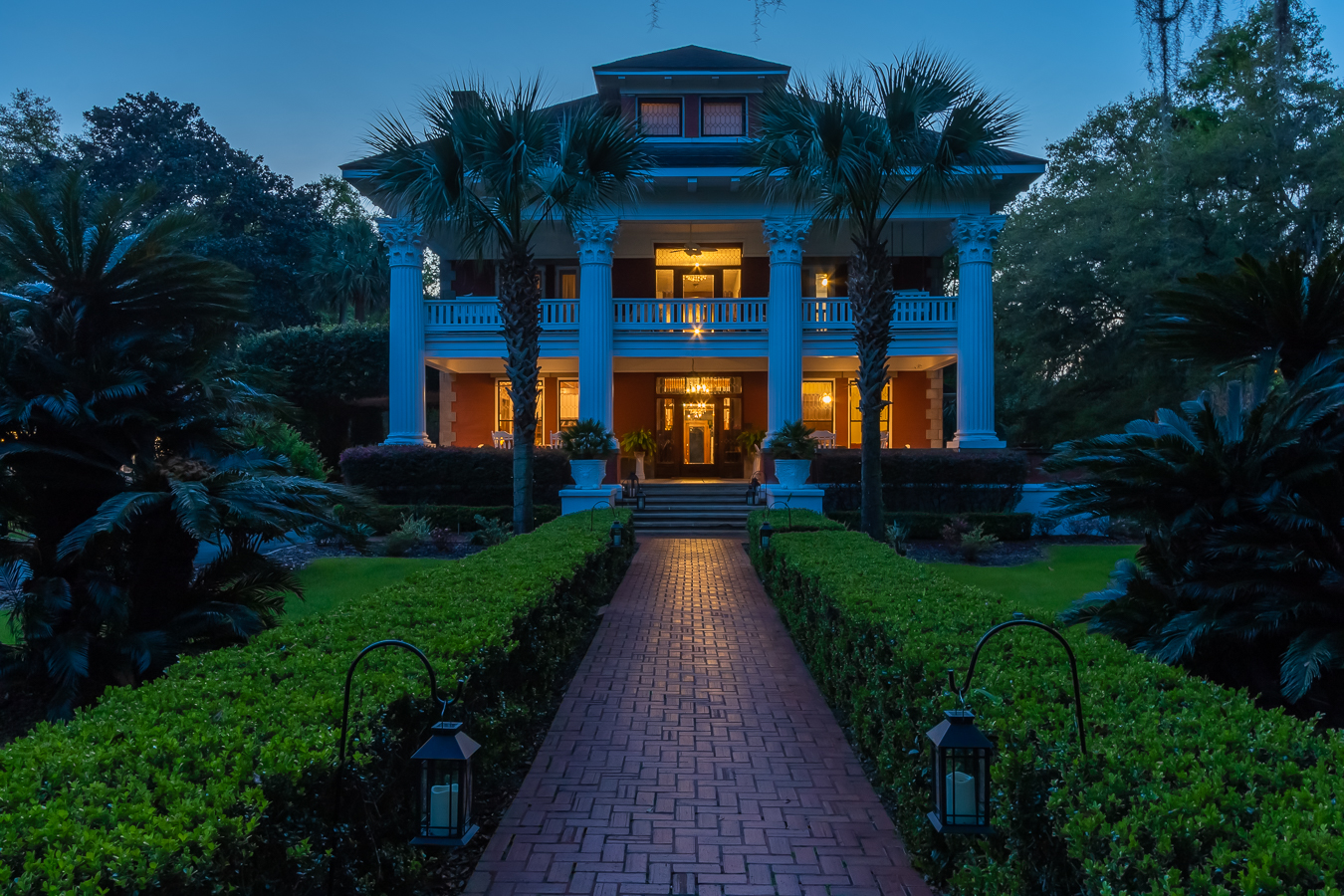
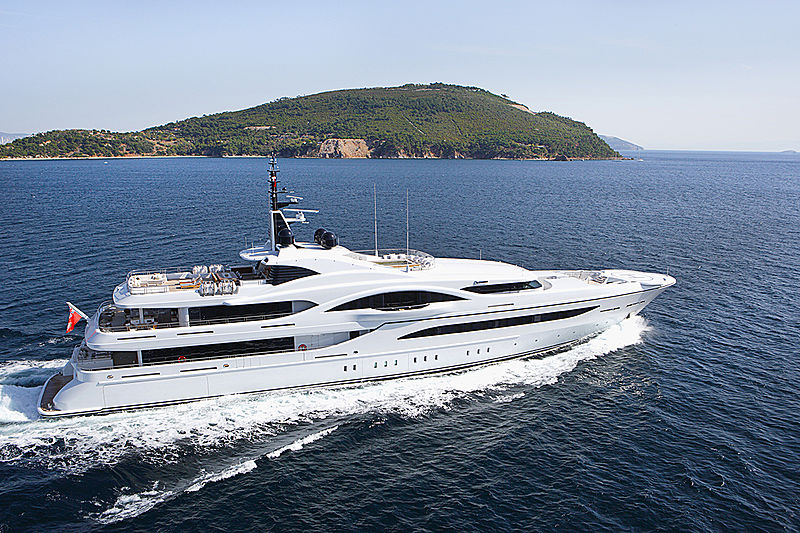
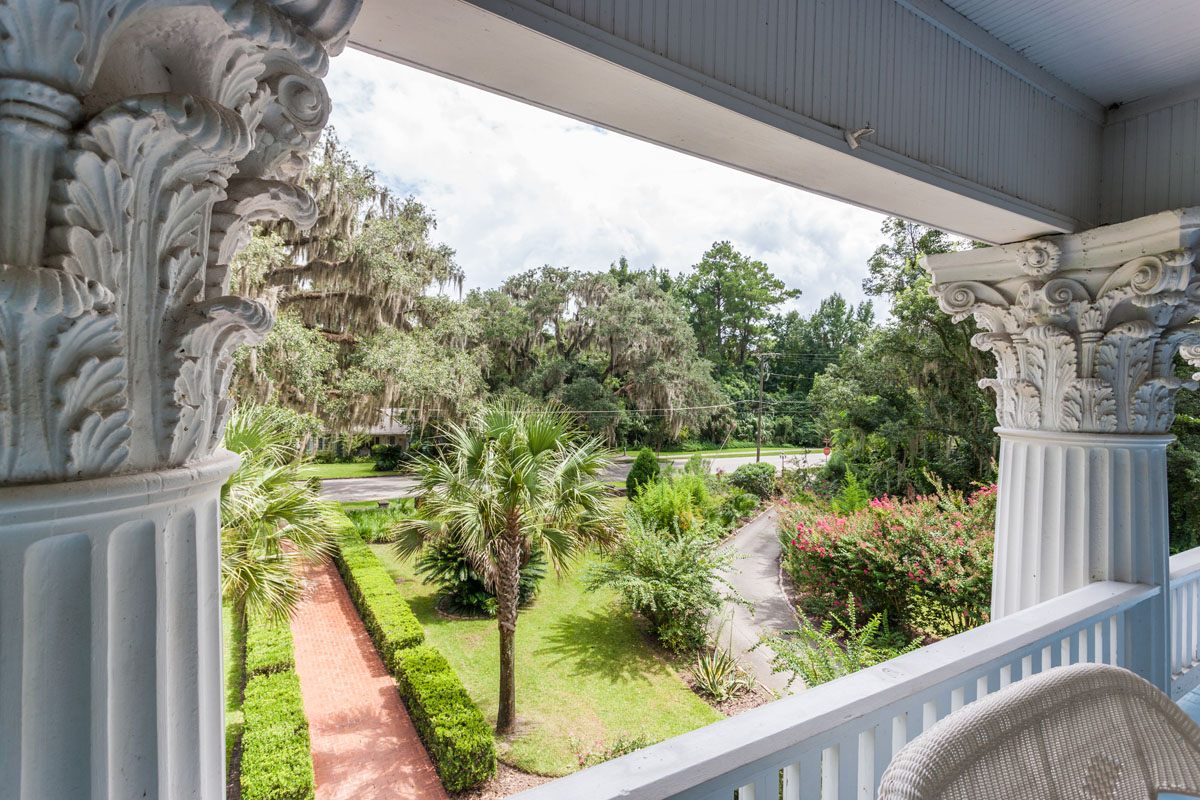
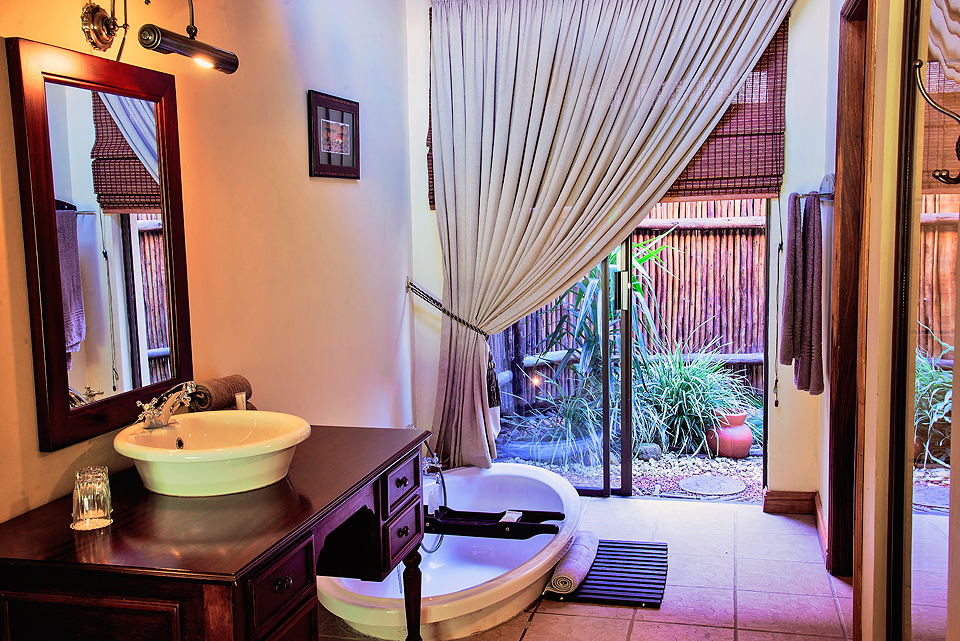
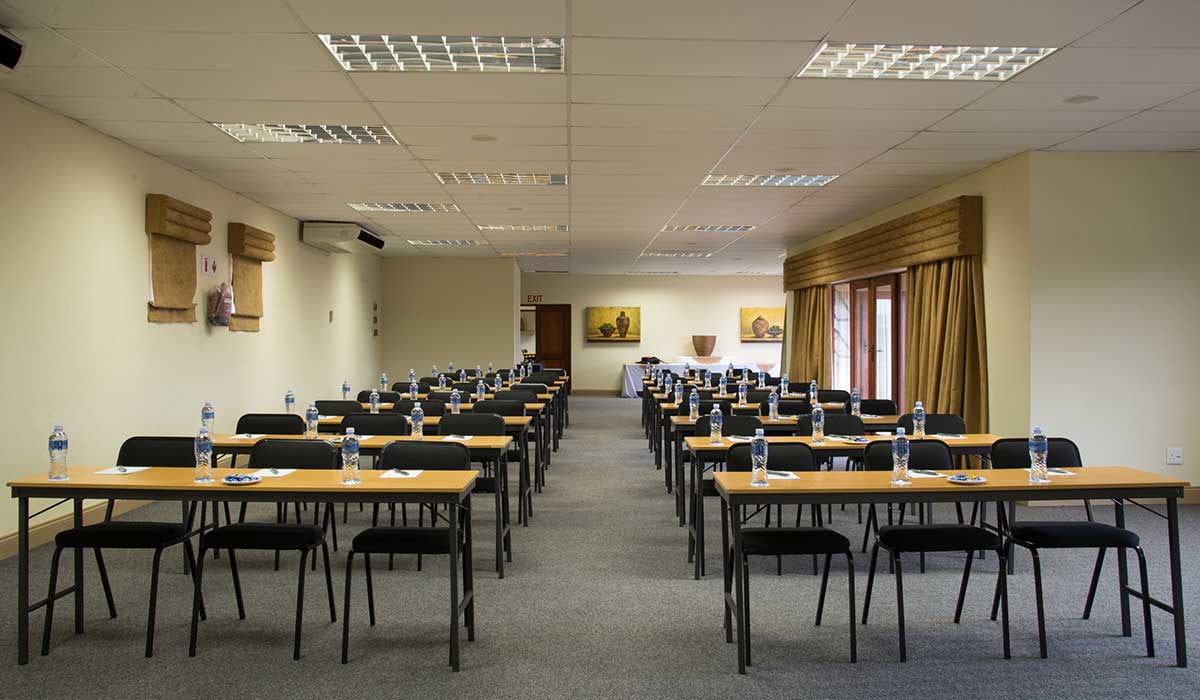
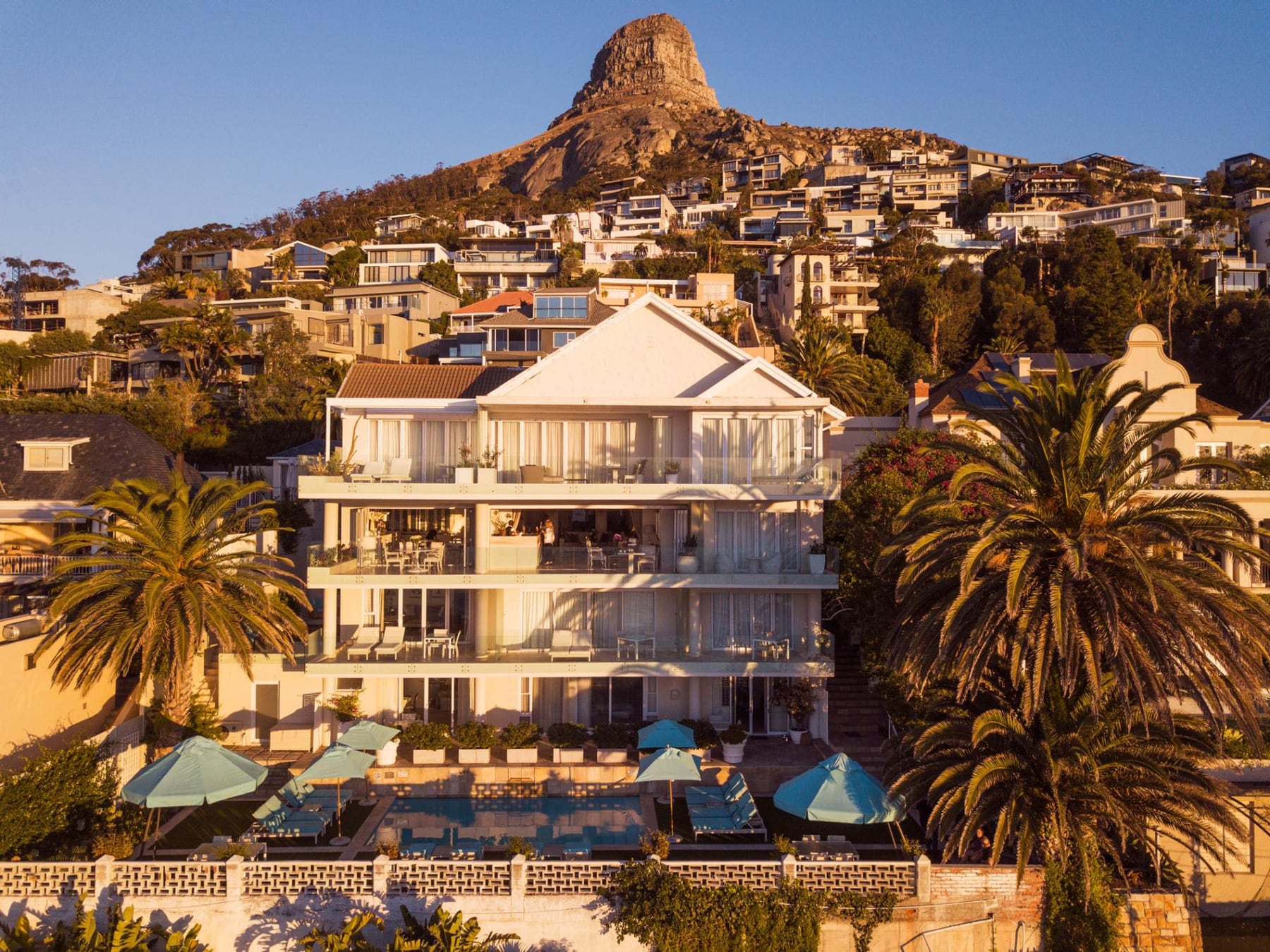
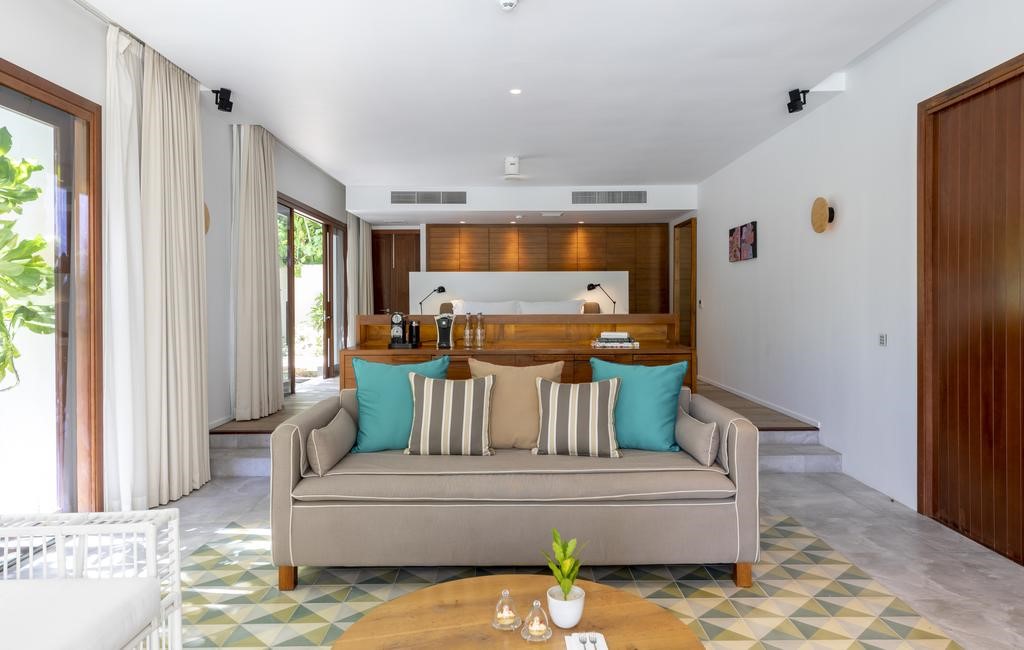
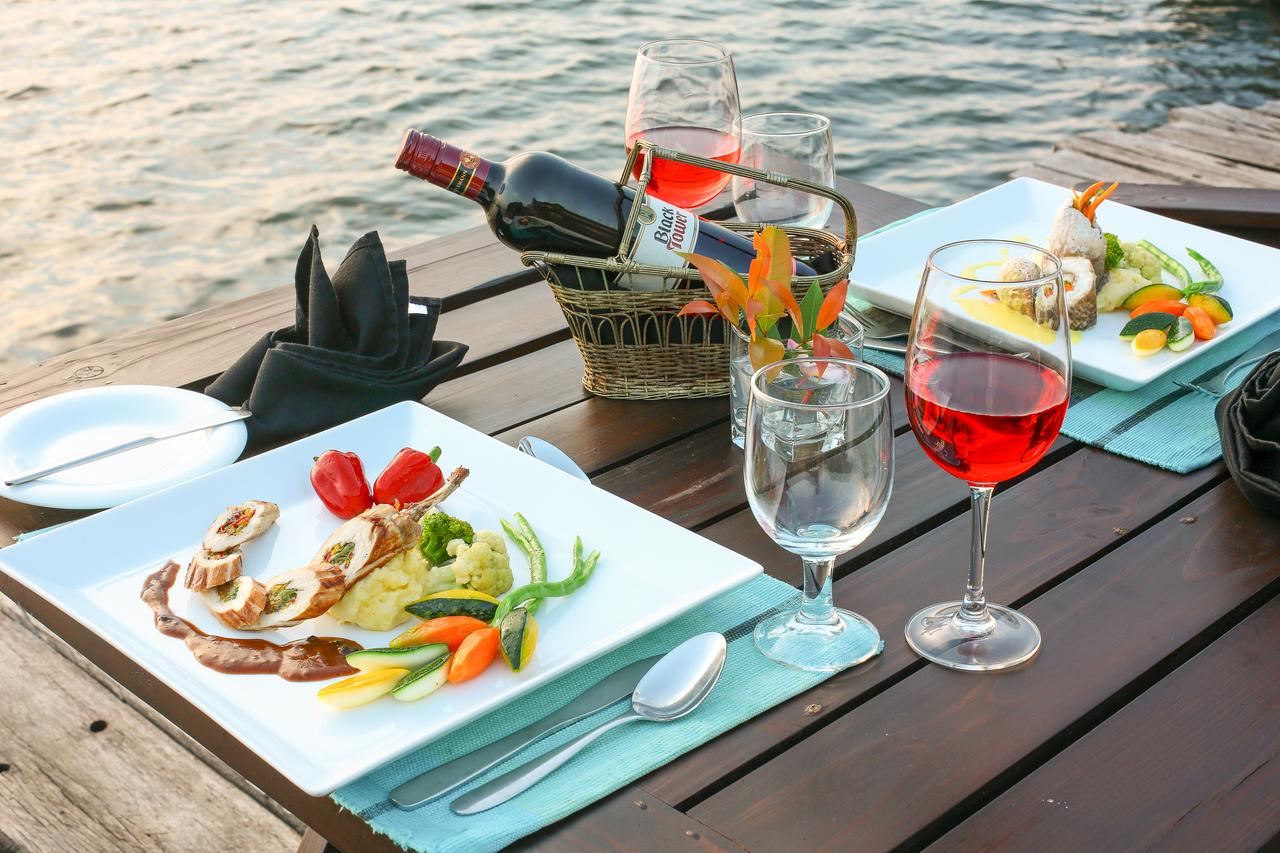
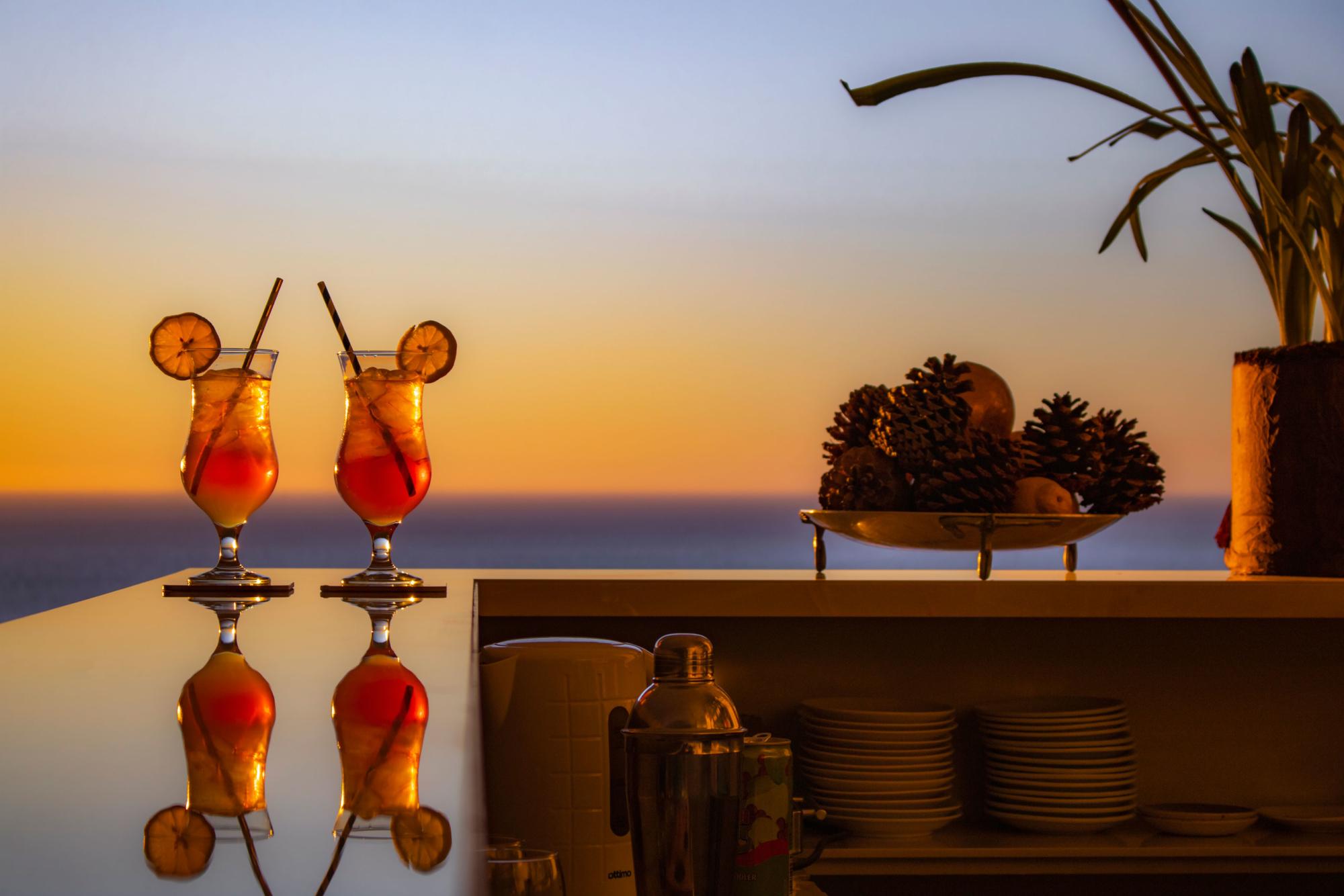


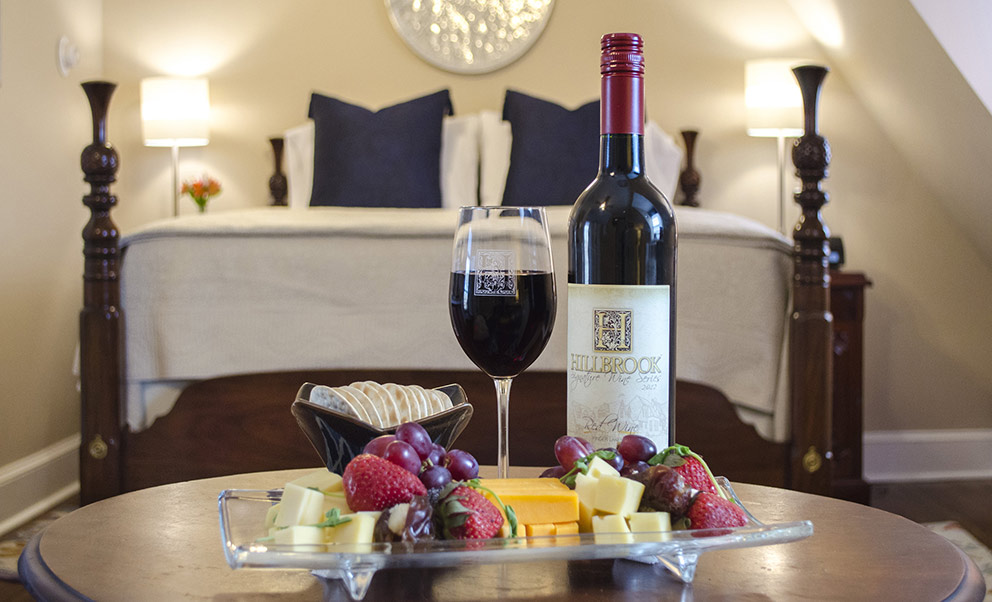

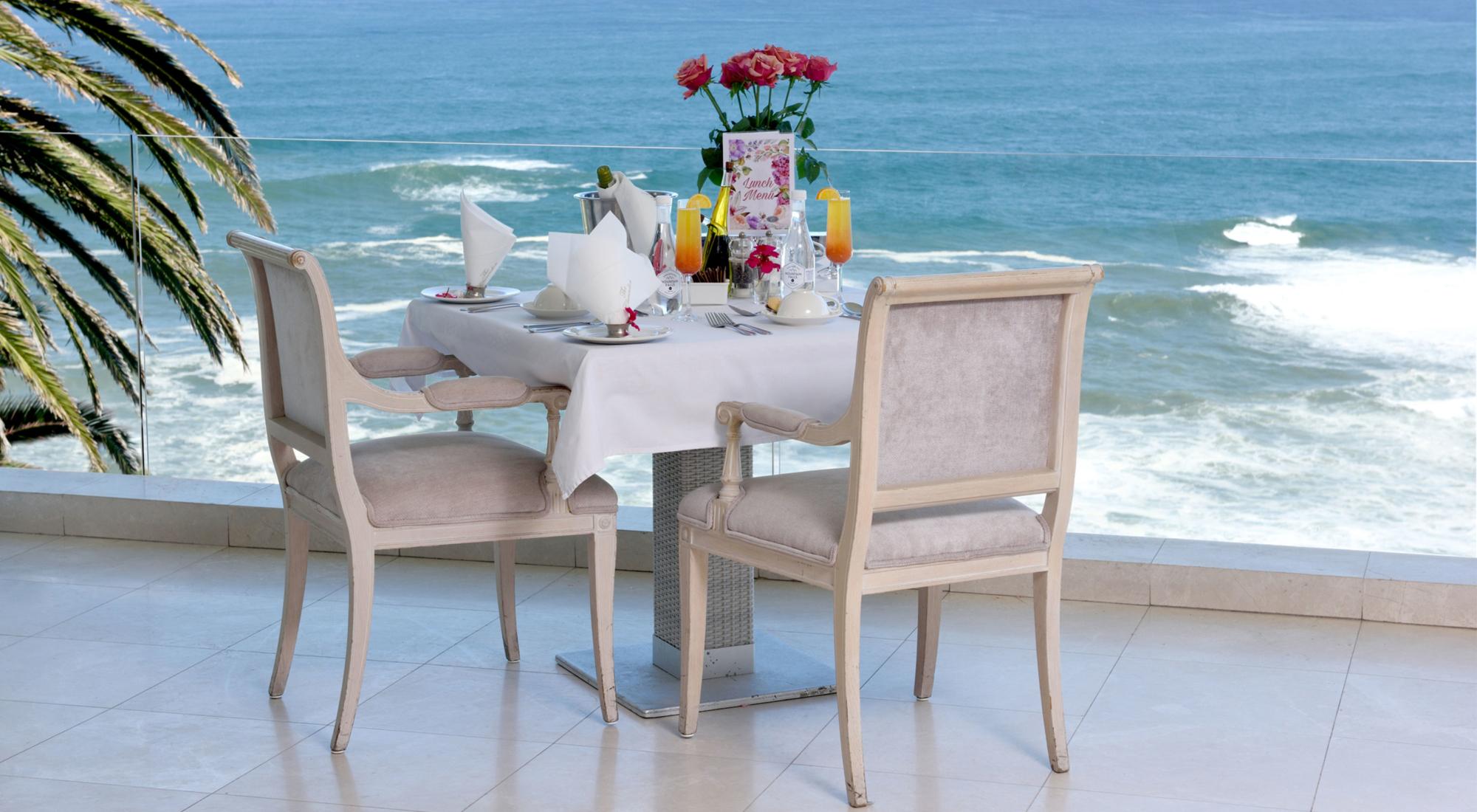


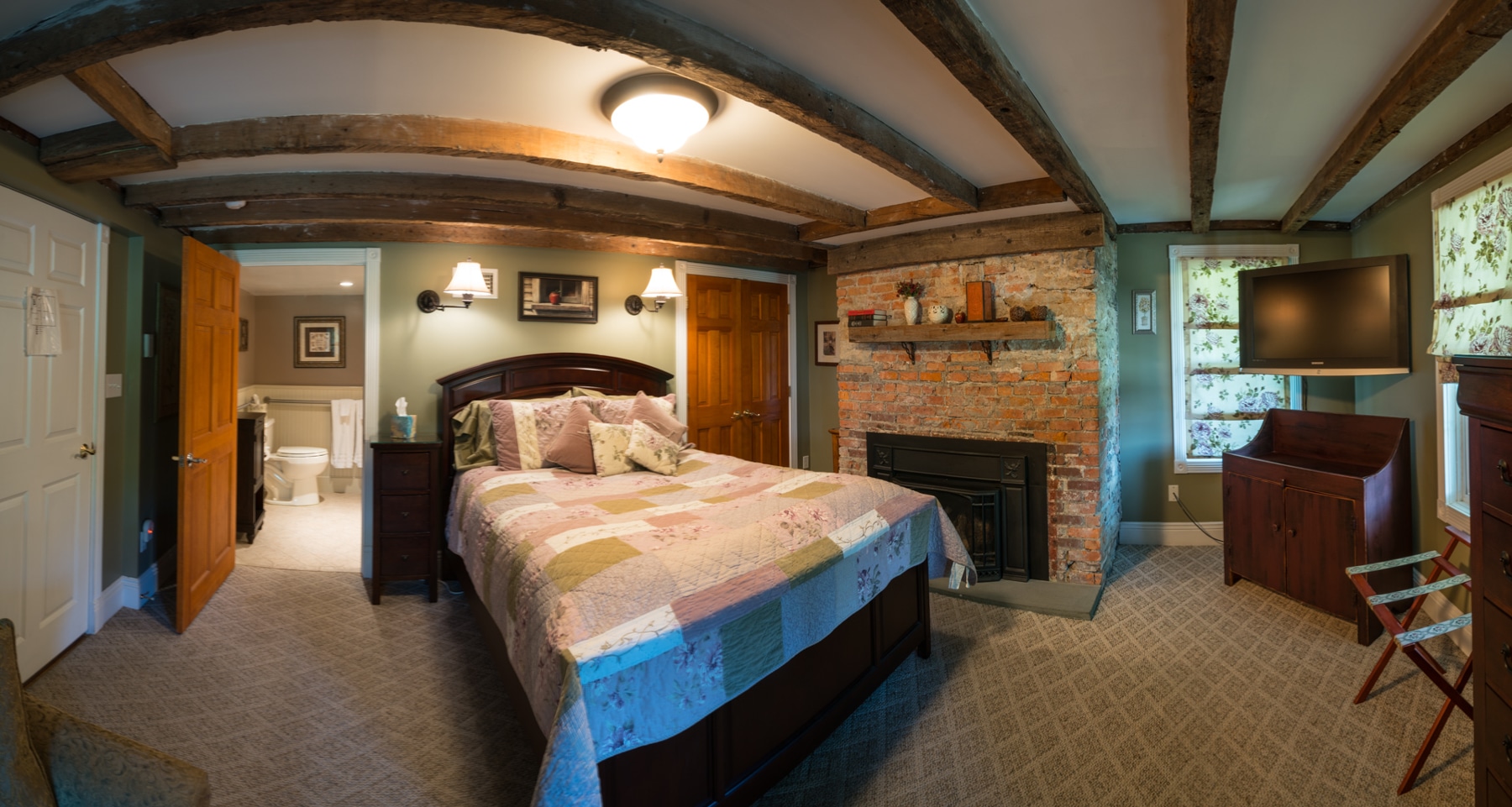
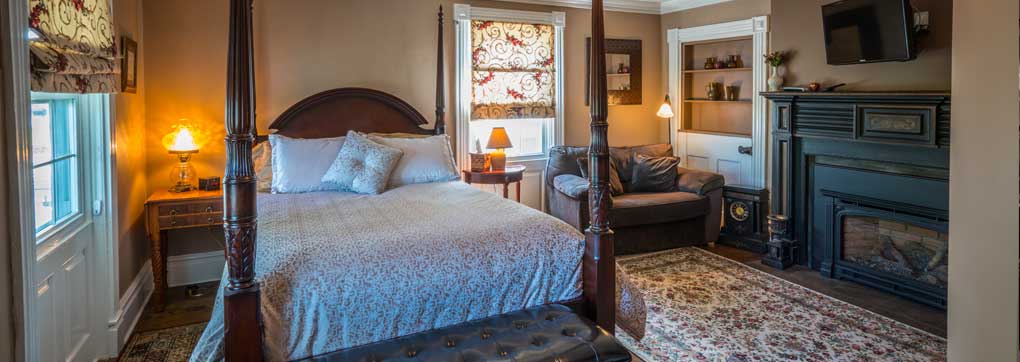
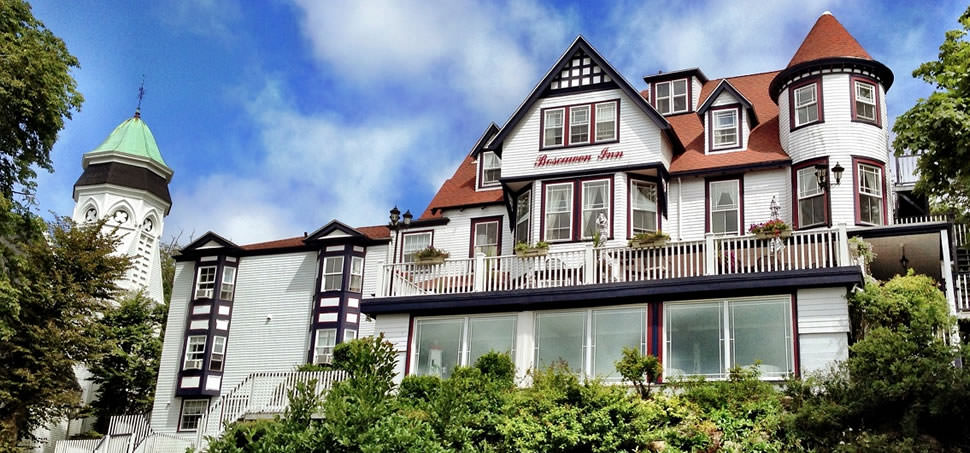
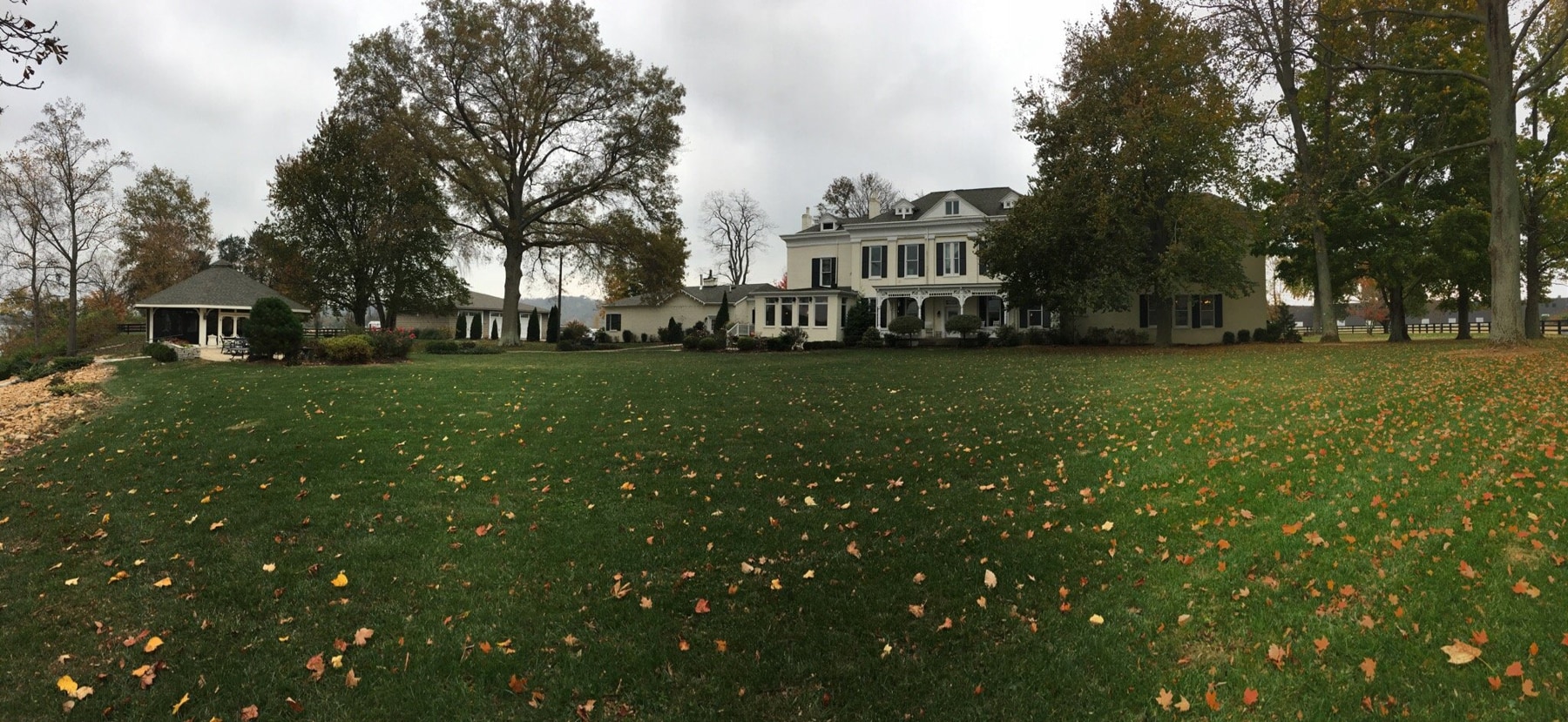


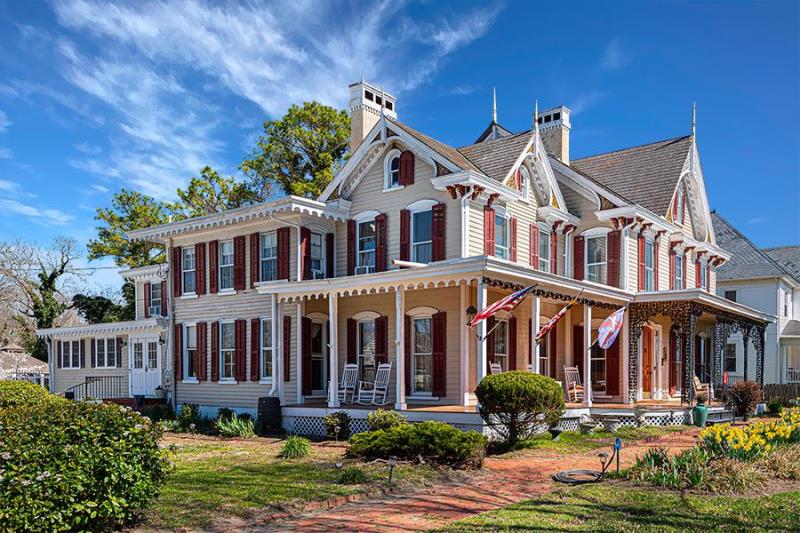
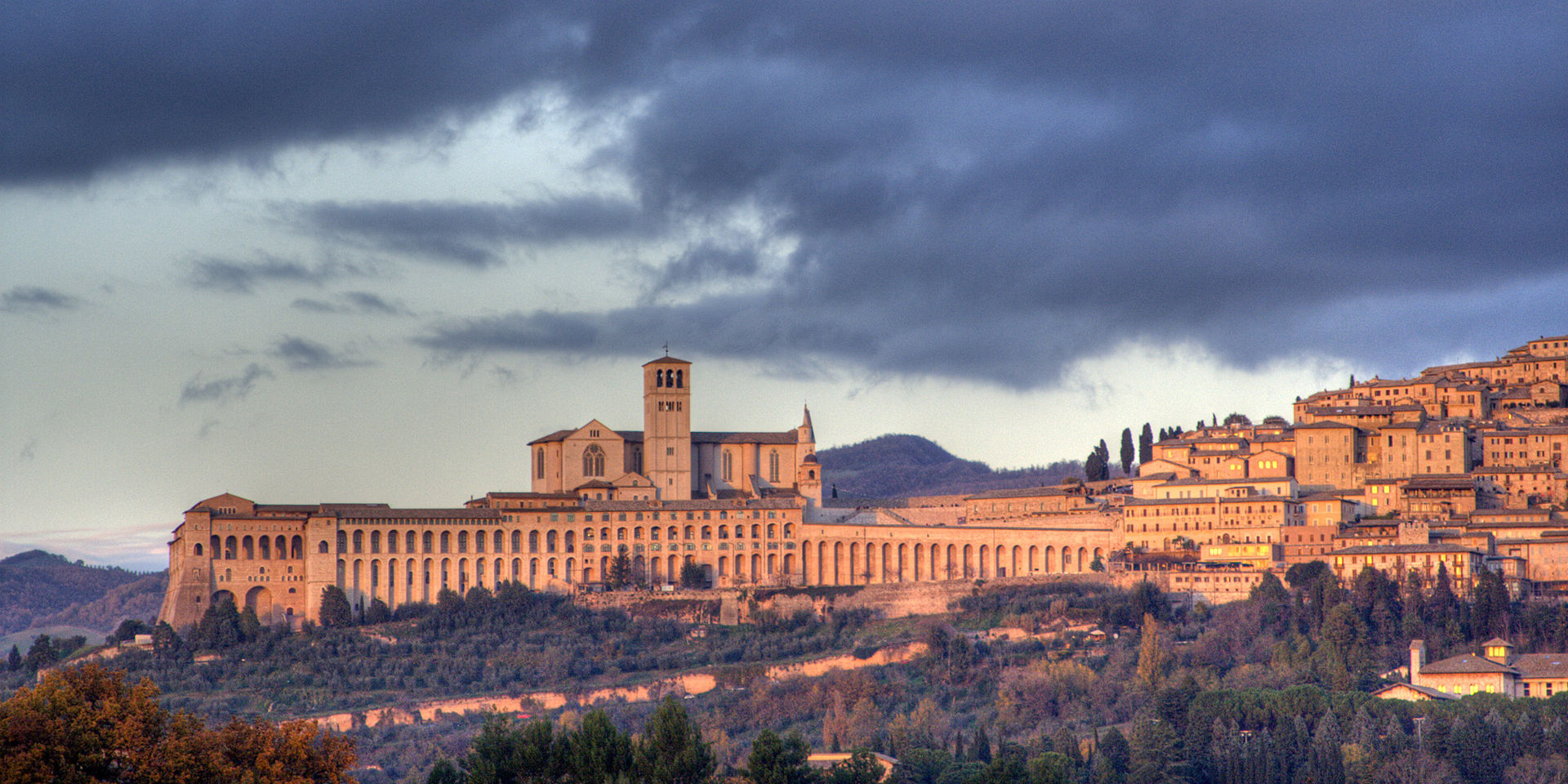
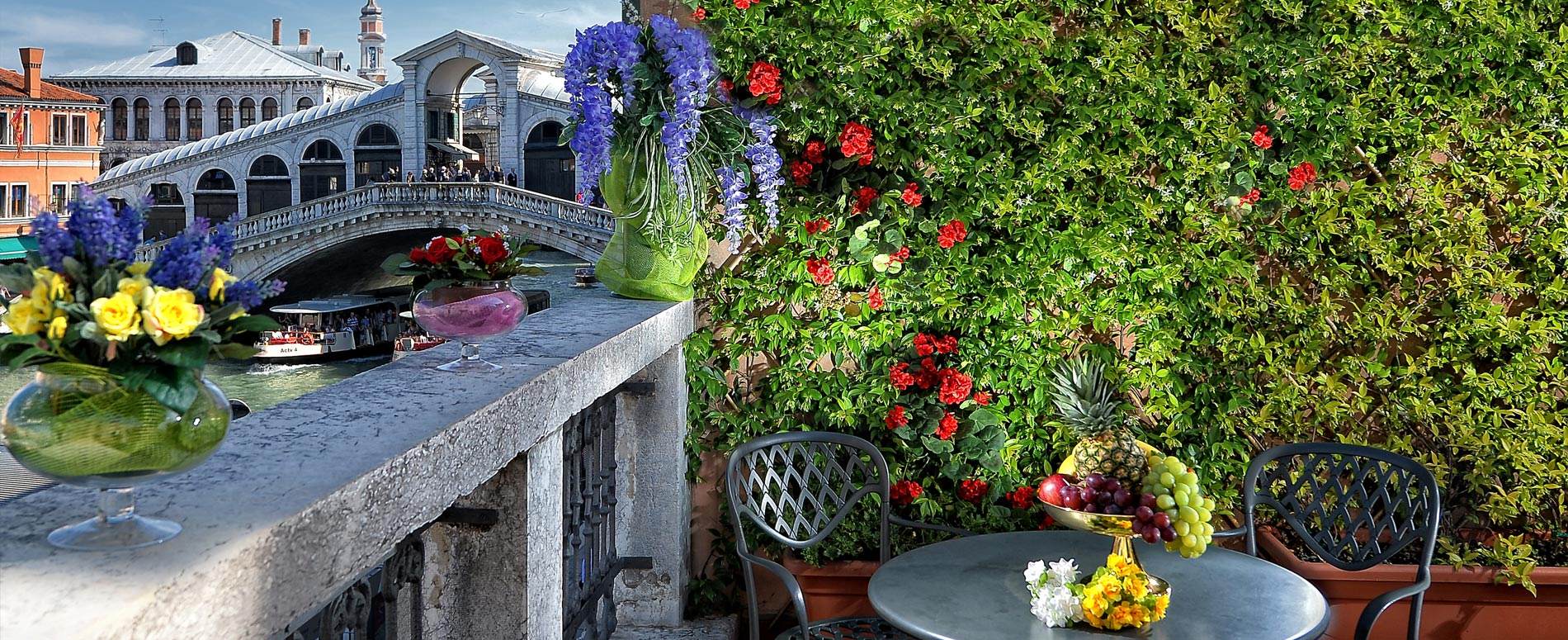
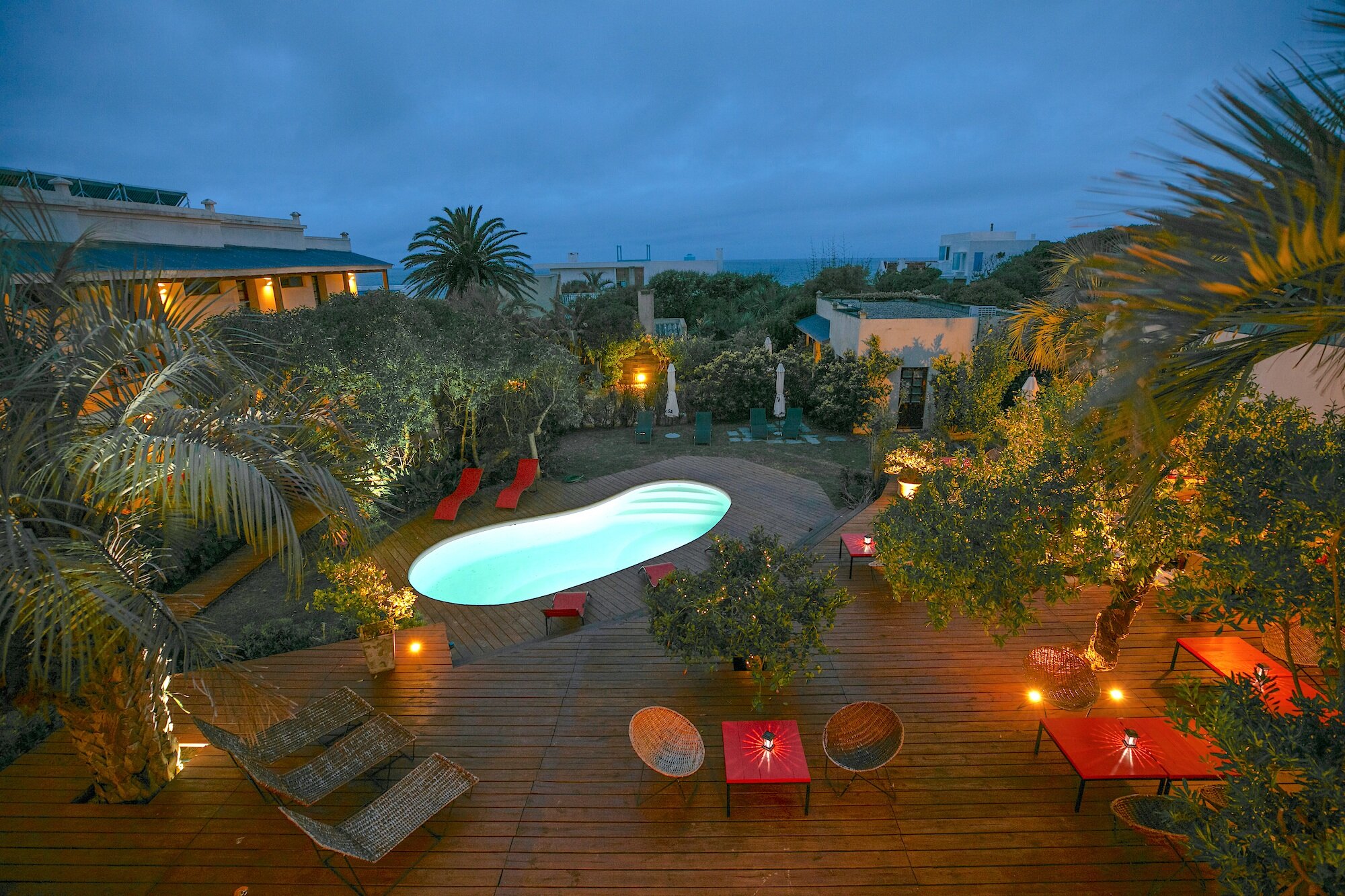
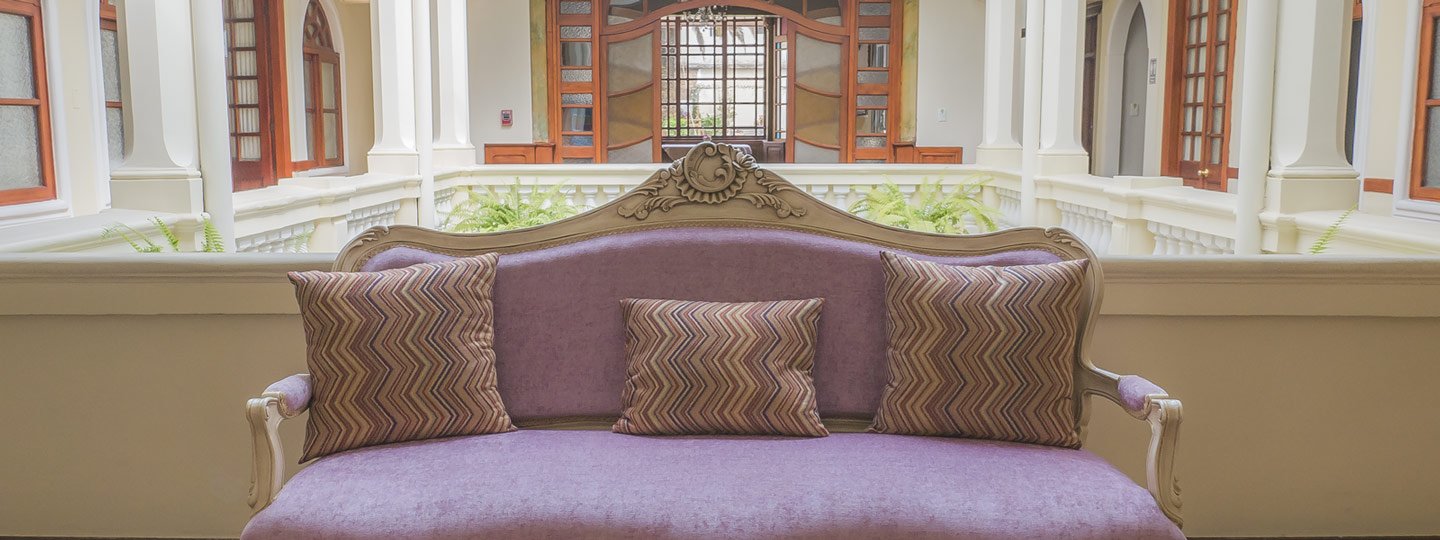
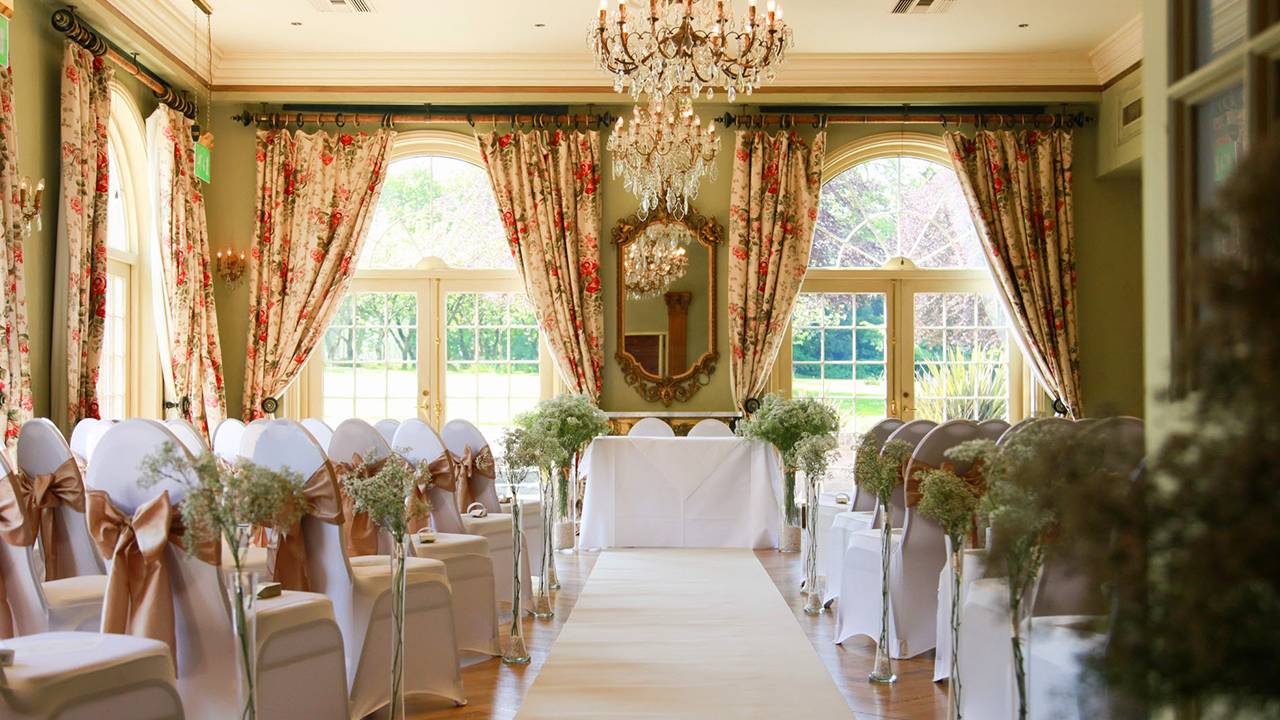
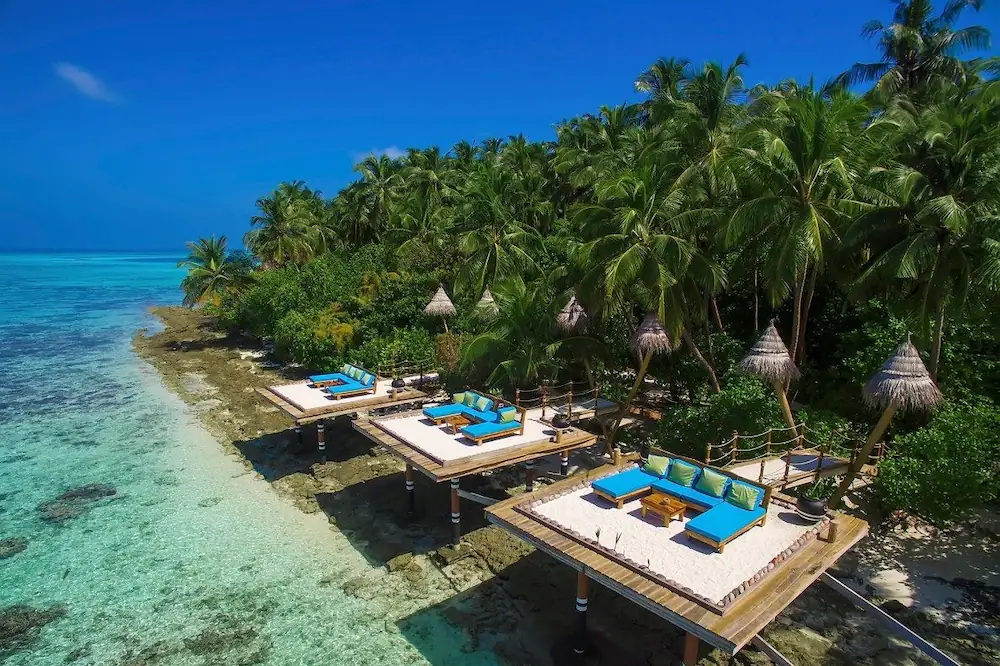
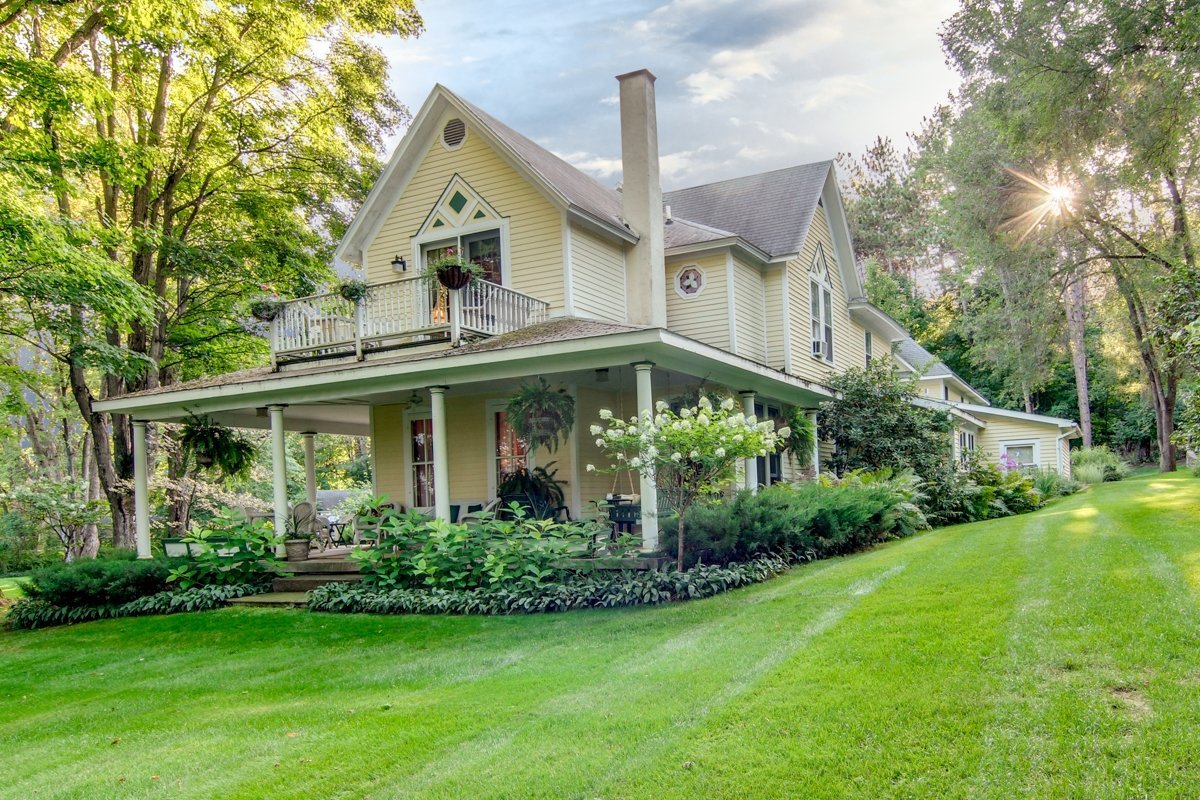
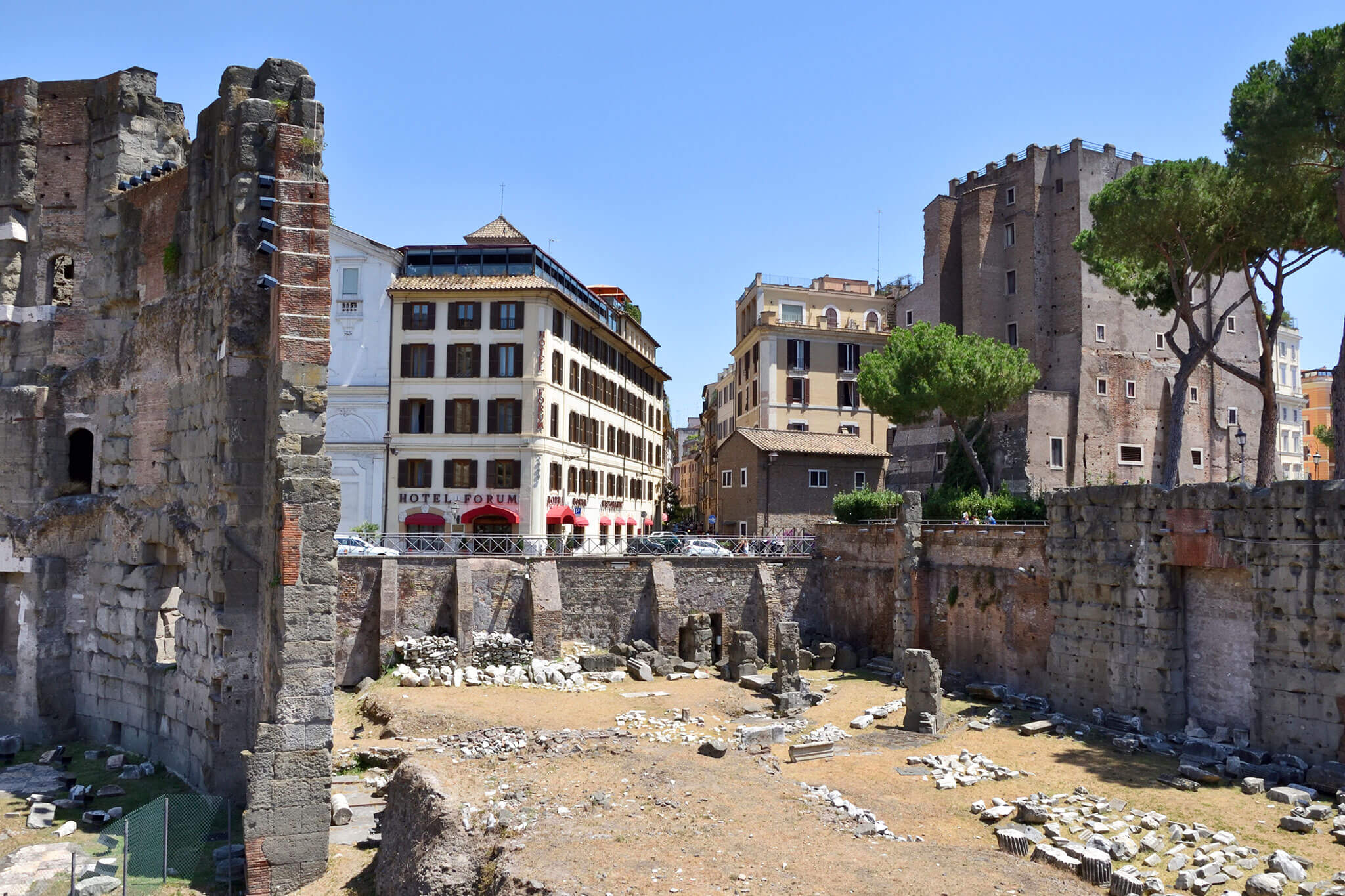
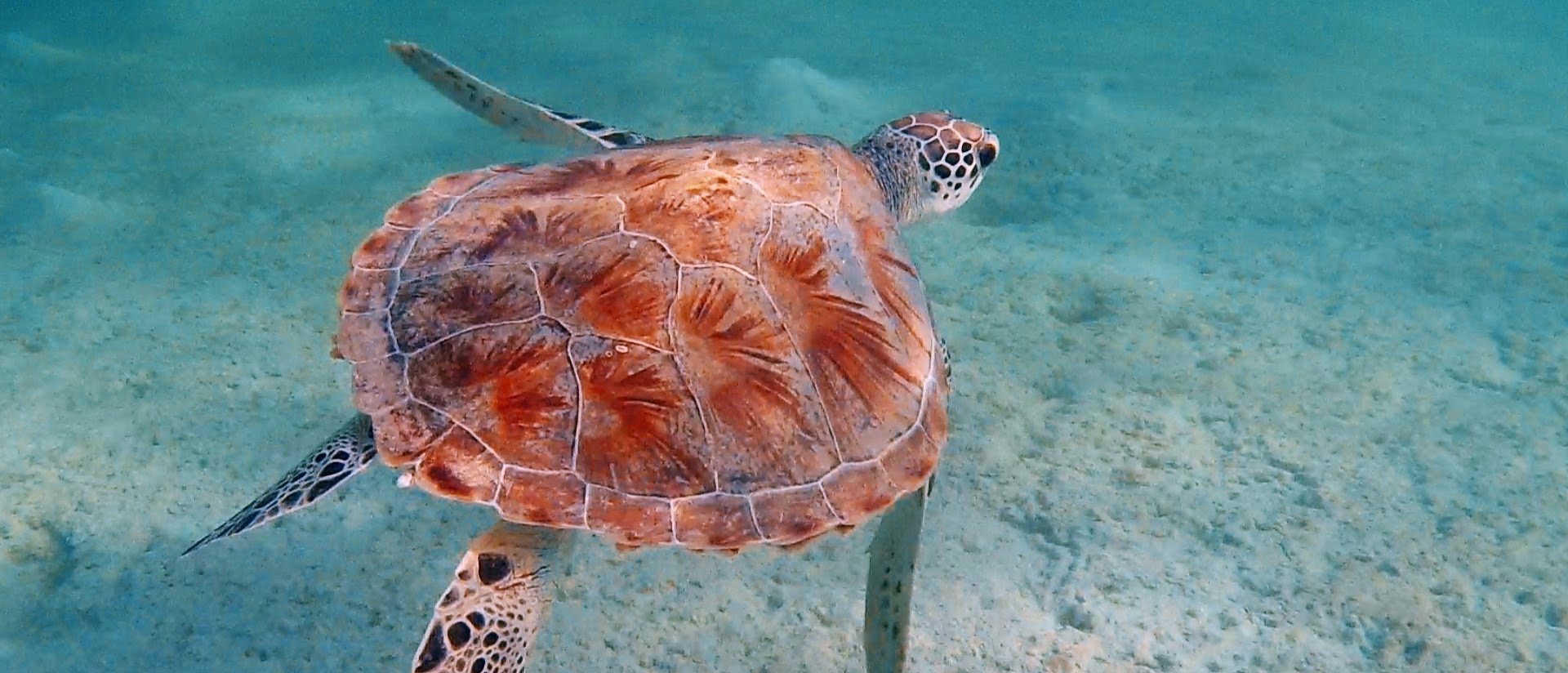
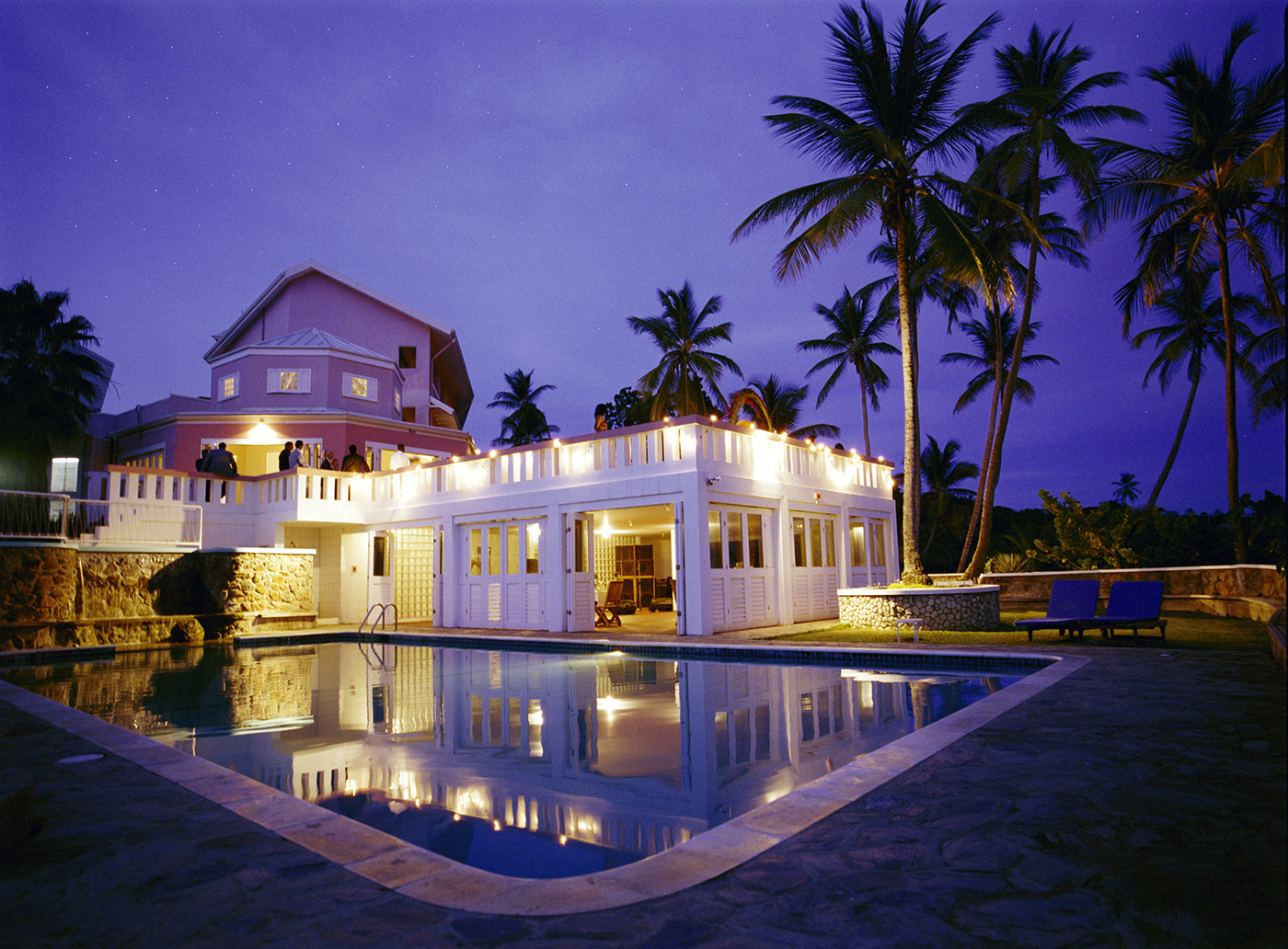
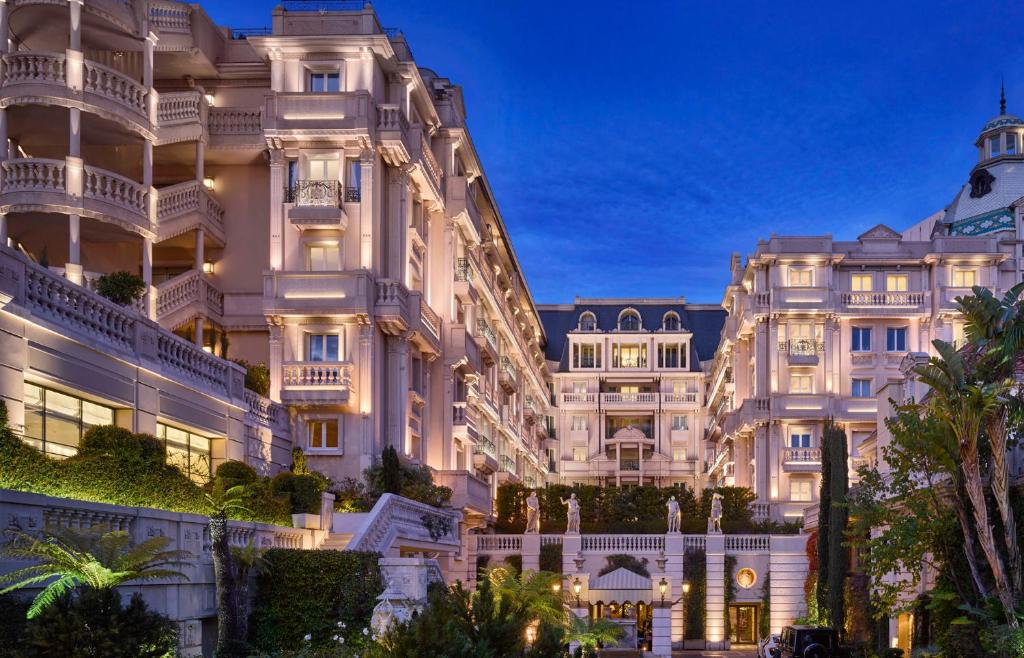
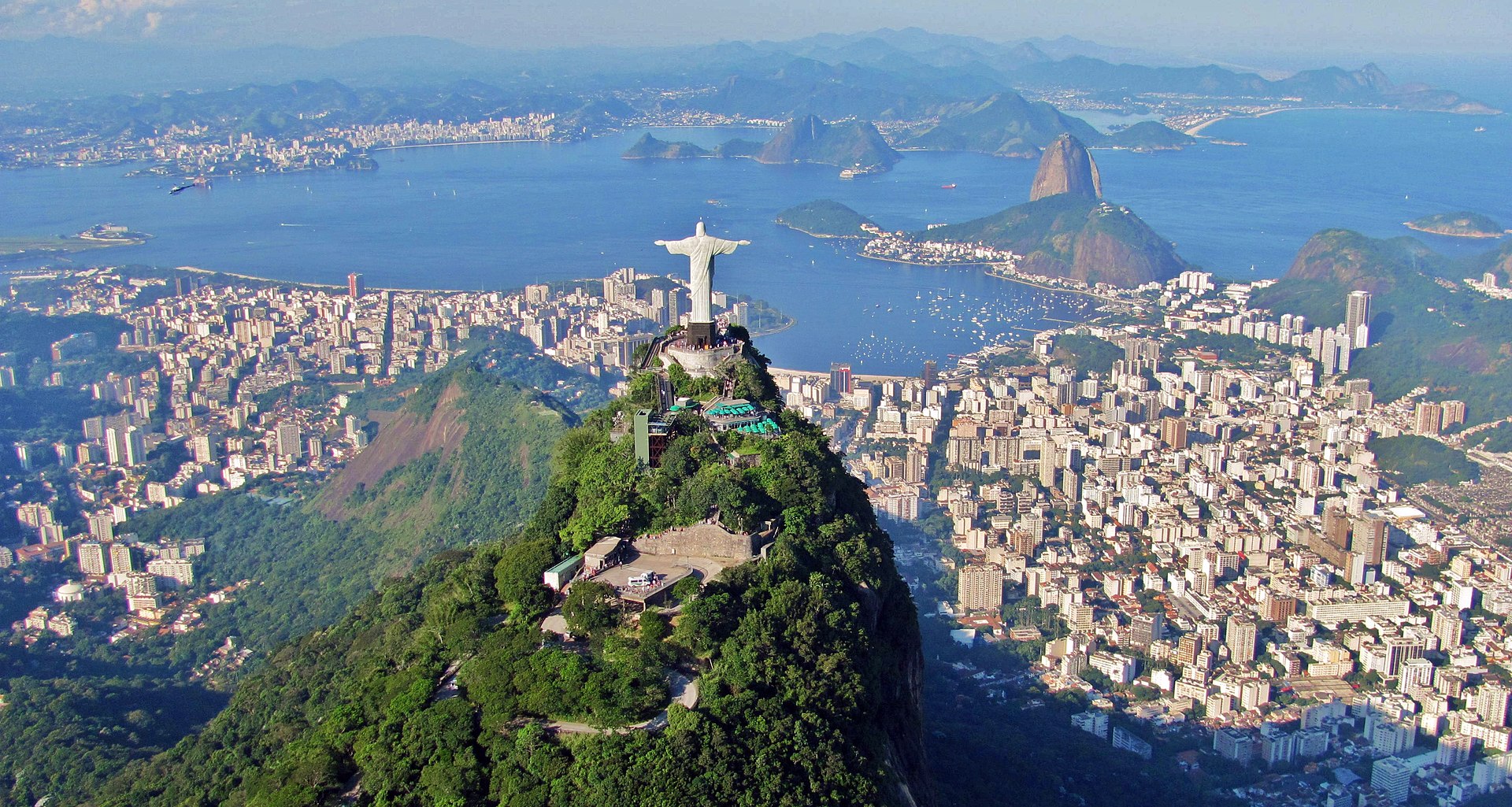

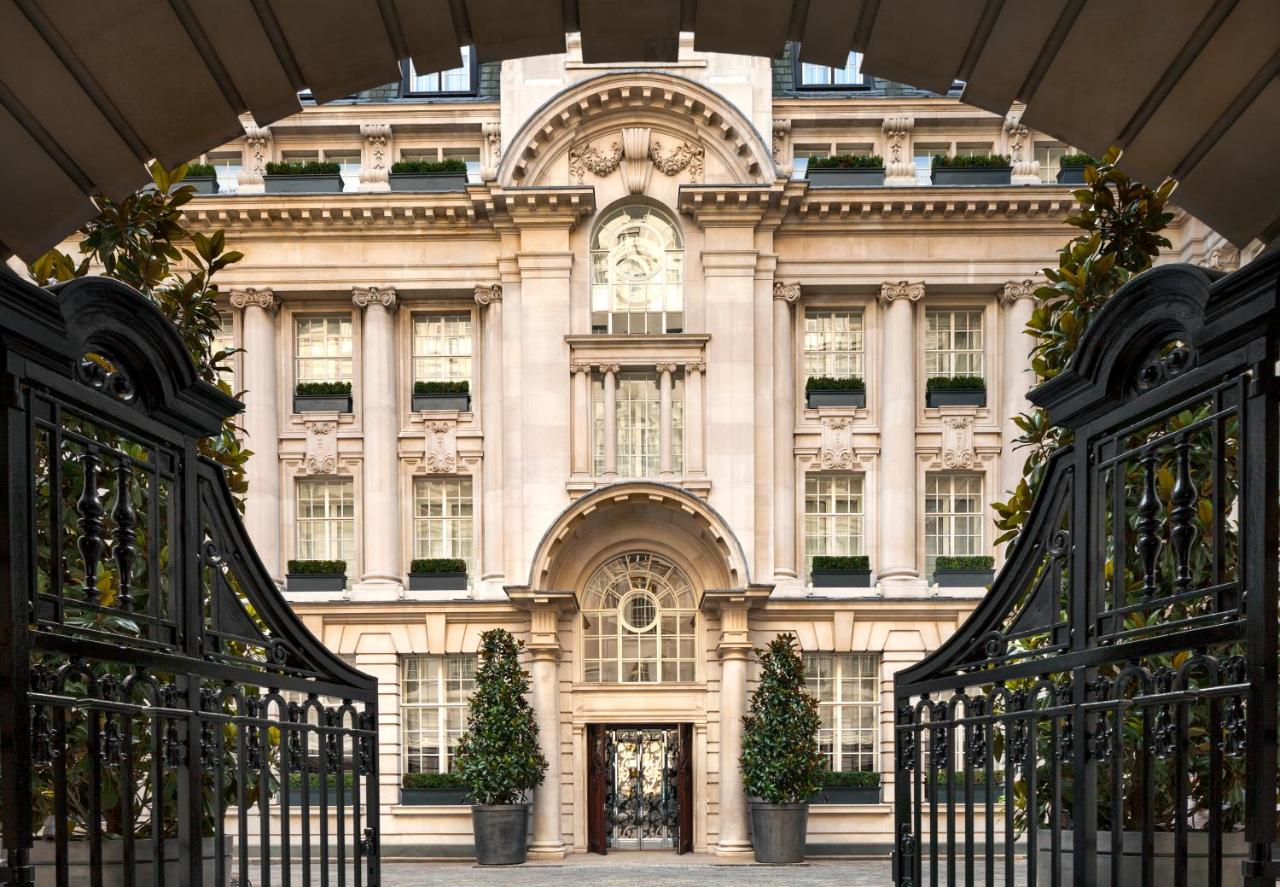
Nungwi Road, Zanzibar, Tanzania
Agent: Cliff Jacobs - Managing Principal Estate Agent & CEO (Nat.Dpl.Hotel Man (UJ). M.P.R.E.)
Agent Cellphone: +27 (0) 84 413 1071 / +27 (0) 61 716 6951
Agent Office Number: +27 (0) 84 413 1071
Agent Email Address: cliff@exquisitehotelconsultants.com
Type: Beach Resort
Bedrooms: 105
Bathrooms: 105
Showers: 105
Parking: 50
Yield: Not Disclosed
TGCSA Rating:

Zanzibar
Zanzibar is a Tanzanian archipelago off the coast of East Africa. It is located in the Indian Ocean, and consists of many small islands and two large ones: Unguja (the main island, referred to informally as Zanzibar) and Pemba Island. The capital is Zanzibar City, located on the island of Unguja. Its historic centre, Stone Town, is a World Heritage Site.
Zanzibar is also a semi-autonomous region that united with Tanganyika in 1964, and formed the present-day United Republic of Tanzania. The archipelago's main industries are spices, raffia, and tourism. The main spices produced are clove, nutmeg, cinnamon, coconut, and black pepper. The Zanzibar Archipelago, together with Tanzania's Mafia Island, are sometimes referred to locally as the "Spice Islands". Tourism in Zanzibar is a more recent activity, driven by government promotion that caused an increase from 19,000 tourists in 1985, to 376,000 in 2016. The islands are accessible via 5 ports and the Abeid Amani Karume International Airport, which can serve up to 1.5 million passengers per year.
Zanzibar's marine ecosystem is an important part of the economy for fishing and algaculture and contains important marine ecosystems that act as fish nurseries for Indian Ocean fish populations. Moreover, the land ecosystem is the home of the endemic Zanzibar red colobus, the Zanzibar servaline genet, and the extinct or rare Zanzibar leopard. Pressure from the tourist industry and fishing as well as larger threats such as sea level rise caused by climate change are creating increasing environmental concerns throughout the region.
Etymology
A Greco-Roman text between the 1st and 3rd centuries, the Periplus of the Erythraean Sea, mentioned the island of Menuthias (Ancient Greek: Μενουθιάς), which is probably Unguja.
At the outset of the first millennium, both Zanzibar and the nearby coast were settled by Bantu speakers. Archaeological finds at Fukuchani, on the northwest coast of Zanzibar, indicate a settled agricultural and fishing community from the 6th century at the latest. The considerable amount of daub found indicates timber buildings, and shell beads, bead grinders, and iron slag have been found at the site. There is evidence of limited engagement in long-distance trade: a small amount of imported pottery has been found, less than 1% of total pottery finds, mostly from the Gulf and dated to the 5th to 8th century. The similarity to contemporary sites such as Mkokotoni and Dar es Salaam indicates a unified group of communities that developed into the first center of coastal maritime culture. The coastal towns appear to have been engaged in Indian Ocean and inland African trade at this early period. Trade rapidly increased in importance and quantity beginning in the mid-8th century and by the close of the 10th century, Zanzibar was one of the central Swahili trading towns.
Excavations at nearby Pemba Island, but especially at Shanga in the Lamu Archipelago, provide the clearest picture of architectural development. Houses were originally built with timber (circa 1050) and later in mud with coral walls (circa 1150). The houses were continually rebuilt with more permanent materials. By the 13th century, houses were built with stone, and bonded with mud, and the 14th century saw the use of lime to bond stone. Only the wealthier patricians would have had stone- and lime-built houses, and the strength of the materials allowed for flat roofs. By contrast, the majority of the population lived in single-story thatched houses similar to those of the 11th and 12th centuries. According to John Middleton and Mark Horton, the architectural style of these stone houses have no Arab or Persian elements, and should be viewed as an entirely indigenous development of local vernacular architecture. While much of Zanzibar Town's architecture was rebuilt during Omani rule, nearby sites elucidate the general development of Swahili and Zanzibari architecture before the 15th century.
From the 9th century, Swahili merchants on Zanzibar operated as brokers for long-distance traders from both the hinterland and Indian Ocean world. Persian, Indian, and Arab traders frequented Zanzibar to acquire East African goods like gold, ivory, and ambergris and then shipped them overseas to Asia. Similarly, caravan traders from the African Great Lakes and Zambezian Region came to the coast to trade for imported goods, especially Indian cloth. Before the Portuguese arrival, the southern towns of Unguja Ukuu and Kizimkazi and the northern town of Tumbatu were the dominant centres of exchange. Zanzibar was just one of the many autonomous city-states that dotted the East African coast. These towns grew in wealth as the Swahili people served as intermediaries and facilitators to merchants and traders. This interaction between Central African and Indian Ocean cultures contributed in part to the evolution of the Swahili culture, which developed an Arabic-script literary tradition. Although a Bantu language, the Swahili language as a consequence today includes some borrowed elements, particularly loanwords from Arabic, though this was mostly a 19th-century phenomenon with the growth of Omani hegemony. Many foreign traders from Africa and Asia married into wealthy patrician families on Zanzibar. Asian men in particular, who resided on the coast for up to six months because of the prevailing monsoon wind patterns, married East African women. Since almost all the Asian traders were Muslims, their children inherited their paternal ethnic identity, though East African matrilineal traditions remained key.
Portuguese colonization
Vasco da Gama's visit in 1498 marked the beginning of European influence. In 1503 or 1504, Zanzibar became part of the Portuguese Empire when Captain Rui Lourenço Ravasco Marques came ashore and received tribute from the sultan in exchange for peace. Zanzibar remained a possession of Portugal for almost two centuries. It initially became part of the Portuguese province of Arabia and Ethiopia and was administered by a governor-general. Around 1571, Zanzibar became part of the western division of the Portuguese empire and was administered from Mozambique. It appears, however, that the Portuguese did not closely administer Zanzibar. The first English ship to visit Unguja, the Edward Bonaventure in 1591, found that there was no Portuguese fort or garrison. The extent of their occupation was a trade depot where produce was bought and collected for shipment to Mozambique. "In other respects, the affairs of the island were managed by the local 'king', the predecessor of the Mwinyi Mkuu of Dunga. This hands-off approach ended when Portugal established a fort on Pemba Island around 1635 in response to the Sultan of Mombasa's slaughter of Portuguese residents several years earlier. Portugal had long considered Pemba to be a troublesome launching point for rebellions in Mombasa against Portuguese rule.
The precise origins of the sultans of Unguja are uncertain. However, their capital at Unguja Ukuu is believed to have been an extensive town. Possibly constructed by locals, it was composed mainly of perishable materials.
Sultanate of Zanzibar
The Portuguese arrived in East Africa in 1498, where they found several independent towns on the coast, with Muslim Arabic-speaking elites. While the Portuguese travellers describe them as "black", they made a clear distinction between the Muslim and non-Muslim populations. Their relations with these leaders were mostly hostile, but during the sixteenth century, they firmly established their power and ruled with the aid of tributary sultans. The Portuguese presence was relatively limited, leaving administration in the hands of the local leaders and power structures already present. This system lasted until 1631, when the Sultan of Mombasa massacred the Portuguese inhabitants. For the remainder of their rule, the Portuguese appointed European governors. The strangling of trade and diminished local power led the Swahili elites in Mombasa and Zanzibar to invite Omani aristocrats to assist them in driving the Europeans out.
In 1698, Zanzibar came under the influence of the Sultanate of Oman. There was a brief revolt against Omani rule in 1784. Local elites invited Omani merchant princes to settle in Zanzibar in the first half of the nineteenth century, preferring them to the Portuguese. Many locals today continue to emphasise that indigenous Zanzibaris had invited Seyyid Said, the first Busaidi sultan, to their island. Claiming a patron–client relationship with powerful families was a strategy used by many Swahili coast towns from at least the fifteenth century.
In 1832 or 1840 (the date varies among sources), Said bin Sultan, Sultan of Muscat and Oman moved his capital from Muscat, Oman to Stone Town. After Said's death in June 1856, two of his sons, Thuwaini bin Said and Majid bin Said, struggled over the succession. Said's will divided his dominions into two separate principalities, with Thuwaini to become the Sultan of Oman and Majid to become the first Sultan of Zanzibar; the brothers quarrelled about the will, which was eventually upheld by Charles Canning, 1st Earl Canning, Great Britain's Viceroy and Governor-General of India.
Until around 1890, the sultans of Zanzibar controlled a substantial portion of the Swahili coast known as Zanj, which included Mombasa and Dar es Salaam. Beginning in 1886, Great Britain and Germany agreed to allocate parts of the Zanzibar sultanate for their own empires. In October 1886, a British-German border commission established the Zanj as a 10 nmi-wide (19 km) strip along most of the African Great Lakes region's coast, an area stretching from Cape Delgado (now in Mozambique) to Kipini (now in Kenya), including Mombasa and Dar es Salaam. Over the next few years most all of the mainland territory was incorporated into German East Africa. The sultans developed an economy of trade and cash crops in the Zanzibar Archipelago with a ruling Arab elite. Ivory was a major trade good. The archipelago, sometimes referred to by locals as the Spice Islands, was famous worldwide for its cloves and other spices, and plantations were established to grow them. The archipelago's commerce gradually fell into the hands of traders from the Indian subcontinent, whom Said bin Sultan encouraged to settle on the islands.
During his 14-year reign as sultan, Majid bin Said consolidated his power around the East African slave trade. Malindi in Zanzibar City was the Swahili Coast's main port for the slave trade with the Middle East. In the mid-19th century, as many as 50,000 slaves passed annually through the port.
Many were captives of Tippu Tip, a notorious Arab/Swahili slave trader and ivory merchant. Tip led huge expeditions, some 4,000 strong, into the African hinterland where chiefs sold him their villagers at low prices. These Tip used to carry ivory back to Zanzibar, then sold them in the slave market for large profits. In time, Tip became one of the wealthiest men in Zanzibar, the owner of multiple plantations and 10,000 slaves.
One of Majid's brothers, Barghash bin Said, succeeded him and was forced by the British to abolish the slave trade in the Zanzibar Archipelago. He largely developed Unguja's infrastructure.
Another brother of Majid, Khalifa bin Said, was the third sultan of Zanzibar and deepened the relationship with the British, which led to the archipelago's progress towards the abolition of slavery.
British protectorate
Control of Zanzibar eventually came into the hands of the British Empire; part of the political impetus for this was the 19th century movement for the abolition of the slave trade. Zanzibar was the centre of the East African slave trade. In 1822, Captain Moresby, the British consul in Muscat pressed Sultan Said to end the slave trade by signing a treaty.
This Moresby Treaty was the first of a series of anti-slavery treaties with Britain. It prohibited slave transport south and east of the Moresby Line, from Cape Delgado in Africa to Diu Head on the coast of India. Said lost the revenue he would have received as duty on all slaves sold, so to make up for this shortfall he encouraged the development of the slave trade in Zanzibar itself. Said came under increasing pressure from the British to abolish slavery entirely. In 1842, Britain told Said it wished to abolish the slave trade to Arabia, Oman, Persia, and the Red Sea.
Ships from the Royal Navy were employed to enforce the anti-slavery treaties by capturing any dhows carrying slaves, but with only four ships patrolling a huge area of sea, the British navy found it hard to enforce the treaties as ships from France, Spain, Portugal, and America continued to carry slaves. In 1856, Sultan Majid consolidated his power around the African Great Lakes slave trade. But in 1873, Sir John Kirk informed his successor, Sultan Barghash, that a total blockade of Zanzibar was imminent, and Barghash reluctantly signed the Anglo-Zanzibari treaty which abolished the slave trade in the sultan's territories, closed all slave markets and protected liberated slaves.
The relationship between Britain and the German Empire, at that time the nearest relevant colonial power, was formalized by the 1890 Heligoland–Zanzibar Treaty, in which Germany agreed to "recognize the British protectorate over… the islands of Zanzibar and Pemba".
In 1890, Zanzibar became a protectorate (not a colony) of Britain. This status meant it remained under the sovereignty of the Sultan of Zanzibar. Prime Minister Salisbury explained the British position:
The condition of a protected dependency is more acceptable to the half civilised races, and more suitable for them than direct dominion. It is cheaper, simpler, less wounding to their self-esteem, gives them more career as public officials, and spares them unnecessary contact with white men.
From 1890 to 1913, traditional viziers were in charge; they were supervised by advisers appointed by the Colonial Office. In 1913, this was changed to direct rule through residents who were effectively governors. The death of the pro-British Sultan Hamad bin Thuwaini on 25 August 1896 and the succession of Sultan Khalid bin Barghash, whom the British did not approve of, led to the Anglo-Zanzibar War. On the morning of 27 August 1896, ships of the Royal Navy destroyed the Beit al Hukum Palace. A cease-fire was declared 38 minutes later, and to this day the bombardment stands as the shortest war in history.
Zanzibar revolution and merger with Tanganyika
On 10 December 1963, the Protectorate that had existed over Zanzibar since 1890 was terminated by the United Kingdom. Rather, by the Zanzibar Act 1963 of the United Kingdom, the UK ended the Protectorate and made provision for full self-government in Zanzibar as an independent country within the Commonwealth. Upon the Protectorate being abolished, Zanzibar became a constitutional monarchy within the Commonwealth under the Sultan.
However, just a month later, on 12 January 1964 Sultan Jamshid bin Abdullah was deposed during the Zanzibar Revolution.] The Sultan fled into exile, and the Sultanate was replaced by the People's Republic of Zanzibar, a socialist government led by the Afro-Shirazi Party (ASP). Over 20,000 people were killed – mostly Arabs and Indians – and many of them escaped the country as a consequence of the revolution.
In April 1964, the republic merged with mainland Tanganyika. This United Republic of Tanganyika and Zanzibar was soon renamed, blending the two names, as the United Republic of Tanzania, within which Zanzibar remains an autonomous region.
Demographics
Population census of Zanzibar
| Year | Pop. | ±% p.a. |
|---|---|---|
| 1967 | 354,815 | — |
| 1977 | 476,111 | +2.98% |
| 1988 | 640,685 | +2.74% |
| 2002 | 984,625 | +3.12% |
| 2012 | 1,303,569 | +2.85% |
| 2022 | 1,889,773 | +3.78% |
The 2022 census is the most recent census for which results have been reported. The total population of Zanzibar was 1,889,773 people – with an annual growth rate of 3.8 percent. The population of Zanzibar City, which was the largest city, was 219,007.
In 2002, around two-thirds of the people, 622,459, lived on Unguja (Zanzibar Island), with most settled in the densely populated west. Besides Zanzibar City, other towns on Unguja include Chaani, Mbweni, Mangapwani, Chwaka, and Nungwi. Outside of these towns, most people live in small villages and are engaged in farming or fishing.
The population of Pemba Island was 362,166. The largest town on the island was Chake-Chake, with a population of 19,283. The smaller towns are Wete and Mkoani.
Mafia Island, the other major island of the Zanzibar Archipelago but administered by mainland Tanzania (Tanganyika), had a total population of 40,801.
Ethnic origins
During Zanzibar's brief period of independence in the early 1960s, the major political cleavage was between the Shirazi (Zanzibar Africans), who made up approximately 56% of the population, and the Zanzibar Arabs—the bulk of whom arrived from Oman in the 1800s—made up approximately 17%. Today, Zanzibar is inhabited mostly by ethnic Swahili. There are also a number of Arabs, as well as some ethnic Persian, Somalis, and Indian people.
Languages
Three distinct varieties of Arabic are in use in Zanzibar: Standard Arabic, Omani Arabic and Hadrami Arabic. Both vernacular varieties are falling out of use, although the Omani one is spoken by a larger group of people (probably, several hundreds). In parallel to this, Standard Arabic, traditionally associated with the Quran and Islam, is very popular not only among ethnic Arabs but also among Muslims of various descent who inhabit Zanzibar. Nevertheless, Standard Arabic is mastered by very few people. This can be attributed to the aggressive policy of Swahilisation. The Arabic language it is no longer the dominant spoken language.
Religion
Zanzibar's population is almost entirely Muslim, with a small Christian minority of around 22 000. Other religious groups include Hindus, Jains and Sikhs.
The Anglican Diocese of Zanzibar was founded in 1892. The first Bishop of Zanzibar was Charles Smythies, who was translated from his former post as Bishop of Nyasaland.
Christ Church Cathedral had fallen into poor condition by the late 20th century, but it was fully restored in 2016, at a cost of one million Euros, with a world heritage visitor centre. The restoration was supported by the Tanzanian and Zanzibari governments, and overseen by the diocese in partnership with the World Monuments Fund. The restoration of the spire, clock, and historic Willis organ are still outstanding. Historically the diocese included mainland locations in Tanganyika. In 1963, it was renamed as the Diocese of Zanzibar & Dar es Salaam. Two years later, in 1965, Dar es Salaam became a separate diocese. The original jurisdiction was renamed as the Diocese of Zanzibar & Tanga. In 2001, the mainland links were finally ended, and it is now known as the Diocese of Zanzibar. The diocese includes parishioners on the neighbouring island of Pemba. Ten bishops have served in the diocese from 1892 to the present day. The bishop is Michael Hafidh. It is part of the Province of Tanzania, under the Archbishop of All Tanzania, based at Dodoma.
The Roman Catholic Diocese of Zanzibar, with its headquarters at the St. Joseph's Cathedral in Stone Town, was established in 1980. An apostolic vicariate of Zanzibar had been established in 1906, from a much larger East African jurisdiction. This was suppressed in 1953, when the territory was put under control of the Kenyan church, but it was restored in 1964 after independence. The church created a diocese here shortly before Easter 1980. The bishop is Augustine Ndeliakyama Shao. Zanzibar is part of the Roman Catholic Province of Dar es Salaam, under the Archbishop of Dar es Salaam.
Other Christian denominations include the Evangelical Lutheran Church of Tanzania which arrived in Zanzibar town in the 1960s, and a wide range of Pentecostal-Charismatic Christian churches such as the Tanzania Assemblies of God, the Free Pentecostal Church of Tanzania, the Evangelical Assemblies of God, the Pentecostal Church of Tanzania, the Victory Church and the Pentecostal Evangelistic Fellowship of Africa. Pentecostal-Charismatic churches have been present and growing in Zanzibar since the 1980s in relation to economic liberalization and increased labour migration from mainland Tanzania in connection to Zanzibar's expanding tourist sector. There are also Seventh Day Adventist and Baptist churches.
Since 2005, there is also an inter-religious body called the Joint Committee of Religious Leaders for Peace (in Swahili Juhudi za Viongozi wa Dini kuimarisha Amani) with representatives from Muslim institutions such as the Islamic law (Kadhi courts), religious property (the Wakf and Trust commission), education (the Muslim academy) and the Mufti's office as well as representatives from the Roman Catholic, the Anglican and the Lutheran church.
The places of worship in the city are predominantly Muslim mosques. There are also Christian churches and temples: Roman Catholic Diocese of Zanzibar (Catholic Church), Anglican Church of Tanzania (Anglican Communion), Evangelical Lutheran Church in Tanzania (Lutheran World Federation), Baptist Convention of Tanzania (Baptist World Alliance), Assemblies of God.
Geography
Zanzibar is one of the Indian Ocean islands. It is situated on the Swahili Coast, adjacent to Tanganyika (mainland Tanzania).
The northern tip of Unguja island is located at 5.72 degrees south, 39.30 degrees east, with the southernmost point at 6.48 degrees south, 39.51 degrees east. The island is separated from the Tanzanian mainland by a channel, which at its narrowest point is 36.5 km (22.7 mi) across. The island is about 85 km (53 mi) long and 39 km (24 mi) wide, with an area of 1,464 km2 (565 sq mi). Unguja is mainly low lying, with its highest point being 120 m (390 ft). Unguja is characterised by beautiful sandy beaches with fringing coral reefs. The reefs are rich in marine biodiversity.
The northern tip of Pemba island is located at 4.87 degrees south, 39.68 degrees east, and the southernmost point is located at 5.47 degrees south, 39.72 degrees east. The island is separated from the Tanzanian mainland by a channel some 56 km (35 mi) wide. The island is about 67 km (42 mi) long and 23 km (14 mi) wide, with an area of 985 km2 (380 sq mi).Pemba is also mainly low lying, with its highest point being 95 m (312 ft).
Zanzibar has a tropical monsoon climate (Am). The heat of summer (corresponding to the Northern Hemisphere winter) is often cooled by strong sea breezes associated with the northeast monsoon (known as Kaskazi in Kiswahili), particularly on the north and east coasts. Being near to the equator, the islands are warm year round. The rainfall regime is split into two main seasons, a primary maximum in March, April, and May in association with the southwest monsoon (known locally as Kusi in Kiswahili), and a secondary maximum in November and December. The months in between receive less rain, with a minimum in July.
Factsheet by the owner
FOOD AND BEVERAGES SERVICE FACILITIES
The Beach Gallery restaurant Serves breakfast, lunch and dinner at buffet with Mediterranean inspire International cuisine with live cookings stations.
Breakfast is served from 7:30 to 10:00.
Lunch is served from 13:00 to 15:00.
Dinner is served from 19:30 to 22.00.
Pool Bar Serves refreshing drinks, fruit juices, selected wine, local beer coffee, tea, snacks and pastries during the day. Selected spirits and cocktails are available after 18:00
Premium and imported liquors are available at charge.
SPORTS ACTIVITIES
Gymnastic daily activities - Beach volley - Beach soccer.
TOURS AND EXCURSIONS
To be booked through local providers - Taxi service to Stone Town - Snorkelling and diving trips to Mnemba Marine Park - Big game fishing - Spice tours - Safaris to Tanzania.
The rooms of the Resort are surrounded by tropical gardens and trees. The Resort has direct access to the beach with a restaurant, pool and pool bar, all facing the beach and the turquoise blue waters.
An amphitheatre hosts the resorts evening entertainment with shows, local dancers, musicians and acrobats.
Accommodation
Baobab Garden Rooms
The 20 Baobab Garden room (some interconnected) have a 27 square metres size.
Garden rooms
All the 19 Garden rooms have a 25 square metres size.
Cottages
The 20 Cottages offer a peaceful retreat with delightful garden views, perfect for relaxation. Each cottage is furnished with a king-size bed, fitted with mosquito nets for a comfortable night’s sleep. Guests can enjoy individually controlled air conditioning, ensuring a pleasant stay in any season. The cottages also include an in-room safe box for secure storage. The spacious ensuite bathroom.
Garden Junior Suites
All the 14 Garden Junior Suites have a 45 square metres size.
Superior rooms
All the 22 Superior rooms have a 38 square metres size.
Beach Junior Suites
All the 10 Beach Junior Suites have a 32 square metres size and a lateral sea view.
Mvua African Rain SPA
Rain is life, and life depends on it…
This is the concept behind Mvua African Rain SPA, a balanced oasis to calm the body and senses. Our guests can let themselves be pampered by the skilful hands of our experts at the wellness centre.
In Africa, rain means life. The rain refreshes after the day’s heat, rehydrating the soil after the lack of water, reawakening the senses and releasing the aromas of the jungle. Capturing the beauty and magic of the African environment, Mvua African Rain Spa offers guests at our Beach resort colours and images of the African landscape in a relaxing and welcoming environment which invites them to savour a unique and precious experience. Here you will find all the ingredients you need to free body and mind. Mvua African Rain Spa uses natural ingredients and resources such as plants, flowers, salt, cereals, spices, wild honey and unrefined sugar. The treatments are based on ancient African, Asian and European traditions with the single aim of reinvigorating body and soul and enlightening the mind. After visiting the warm and welcoming atmosphere of Mvua African Rain Spa you will feel that this experience should never end, and you will return time and time again.
Weddings
Breathtaking sunsets, exotic scents and enchanting gardens.
Our resort offers unforgettable landscapes that will make your wedding even more unique and memorable.
Wedding Ceremony Package
The Wedding Ceremony Package includes:
Honeymoon
Our resort is ready to welcome you to make your stay in Zanzibar memorable.




























Cliff Jacobs (Nat Dpl Hotel Man (UJ). MPRE. GA Level 5 TEFL) Managing Principal / CEO Exquisite Hotel Consultants (Pty) Ltd Mobile: +27 (0) 84 413 1071 / +27 (0) 61 716 6951 Email: cliff@exquisitehotelconsultants.com Web: https://www.exquisitehotelconsultants.com © All rights reserved Terms and Conditions apply Scroll down to view our Hospitality Properties and Businesses for sale or lease or lease-to-buy or partnership arrangement or management agreement arrangement.